
One of the world’s leading publishers of printed classical and educational music.

Piano Music of Africa and the African Diaspora sampler
- Text
- Africa
- Piano
- African
- Composers
- Oxford
- Chapman
- Nyaho
6 Foreword The need for
6 Foreword The need for piano music written by Black composers and designed at least initially for pedagogical functions has been on the minds of piano teachers for many years. The most celebrated composers have mainly written large recital works and that is why the piano music in this graded collection is a welcome addition to the repertoire. The short history on graded anthologies by Black composers would include the Diatonica Harmonica by the Afro-British violinist and pianist, George Bridgetower, but this is an ethnically innocent means of teaching scales and in making their application more interesting through harmonic settings. There is also an anthology of original and arranged works for piano by the nineteenth-century Brazilian of African descent, José Maurício Nunes García. In the absence of such repertoire, piano teachers created works for their own students—the case of Florence Price being a major example, but such works, if published at all, were allowed to go out of print quite soon. for online perusal only Now we have a solution, one that will immediately address the interests not just of pianists and pedagogues, but past that point will also serve excellently for music scholars and enthusiasts who are interested in the kind of new aesthetic horizons, harmonic practices, and rhythmic and metric challenges this literature offers. A new world of music is coming into our awareness, and in many instances, it is not just new music and viewpoints, but new composers. Alongside the cherished patriarchs are individuals who consciously endow their works with African perspectives and whose music we have never seen in print. While many composers live and work in Africa, the vast geographic representation outside of Africa in this collection is symptomatic of the extent of the Diaspora. African presence is felt in music around the world. By including Bangambula (resident in China), we are reminded of Africans in Asia, whose history is a thousand years old, dating back to the importation of xylophonetype instruments to Africa from the South Pacific. As for Europe, there were enough Blacks in eighteenth-century France to create an all-Black regiment of 1,000 men, serving under the leadership of the Chevalier de Saint-Georges, composer, violinist, and champion fencer who came from Guadeloupe. In Portugal, Vicente Lusitano, a sixteenth-century choral composer and music theorist of African descent, developed a widely-known treatise on the diatonic, chromatic, and enharmonic genera. In the Caribbean and South America, where ethnic identification is not as easily determined since national identity is given priority over racial background, African influences are present in almost all types of music. Due to the extensive and unconscious absorption of African music in the Diaspora, the music of this historically significant piano collection—much of which is officially new to the repertoire—is far more familiar and recognizable than anticipated. Dominique-René de Lerma, Chief Advisor The Rachel Elizabeth Barton Foundation
7 Preface The vast—and until now generally unavailable—repertoire of piano music of Africa and its Diaspora appears in myriad forms and styles, from simple to virtuosic. This compilation brings to light music that has remained in manuscript form, music that has been out of print, and music by present day composers that is not widely circulated. Furthermore, this collection should serve as a refreshing teaching aid, offering something new and stimulating for students. Graded in order of difficulty, the works get successively more complicated in each volume and may present challenges to some students at particular levels, which in many instances may be overcome by following the performance notes. African oral, aural, and corporal learning techniques— such as singing the rhythmic and melodic passages, repeatedly clapping or drumming rhythms, dancing, and moving to embody musical gestures—may be very beneficial in learning and interpreting this music effectively. Using this collection as a vehicle for diversity, teachers should encourage students not only to examine their own musical traditions but also those of other cultures. In addition to private piano instructors, institutions of higher education may find this collection quite useful as a supplement to keyboard literature courses and in piano pedagogy classes on the topics of learning styles and multicultural influences in music. for online perusal only There are some renowned composers not represented here for several reasons. Either their estates demanded prohibitive royalties, or establishing contact for permission proved too difficult. In a few instances, I did not include works by well-known composers simply because they are already well in circulation. On a personal note, I would like to honor my parents for affirming my appreciation of African traditional music and also my love of piano music. I am particularly thrilled to discover wonderful works by composers of Africa and Its Diaspora that reflect the intercultural nature of my upbringing. I am deeply indebted to the composers, colleagues, family, and friends who have been very encouraging and cooperative in this groundbreaking project, and it is my sincere hope that this compilation will lead to an even greater spurt in research on composers of Africa and Its Diaspora. My dream is that this piano music will become a regular part of recitals, piano festivals, and competitions. Lastly, I invite and encourage you to take a journey through these works; to experience the musical fusion of Africa and the African Diaspora; and to explore new ways of learning and performing piano music. Acknowledgements WILLIAM H. CHAPMAN NYAHO, 2007 I would like to acknowledge the following people who have contributed in so many ways to this project: Jane Efua Chapman Nyaho, Daniel Chapman Nyaho, my family, my teachers, Howard Cooper, Dr. Maya Angelou, Margaret Courtney-Clark, Louise Toppin, Akin Euba, Brian Hill, Todd Waldman, John Kubiniec, Kirsten Hodge, Christopher Johnson, the staff of the Music Department at Oxford University Press, Dominique-René de Lerma, Martha Hilley, Myrna Capp, Guy Bowman, Jan Jones, Calvin Sharpe, Garth Fagan, Dr. Maxine Mimms, Myrtle David, Halim El-Dabh, David Badagnani, Oswald Russell, Robin Williams, Bill Zick at AfriClassical.com, and Howard Dodson at the Schomburg Center for Research in Black Culture, and the Center for Black Music Research.
- Page 1: 2 Piano Music of Africa and the Afr
- Page 4 and 5: 4 1 198 Madison Avenue, New York, N
- Page 8 and 9: 8 Composer Biographies Valerie Cape
- Page 10 and 11: x 10 Composer Biographies Hale Smit
- Page 12 and 13: xii 12 Performance Notes 9. Sweet M
- Page 14 and 15: 4 14 2. Tender Thought From Ten Sho
- Page 16 and 17: 8 16 4. Dusk From African Sketches
- Page 18 and 19: 18 11 17 1 1 p
- Page 20 and 21: 14 20 7. Off-Beat Shorty From Faces
- Page 22 and 23: 16 22 17 4 1 4
- Page 24 and 25: 20 24 10. Dancing Barefoot in the R
- Page 26 and 27: 26 11. Lullaby From Preludes in Afr
- Page 28 and 29: 26 28 13. Lullaby From Suite for Pi
- Page 30 and 31: 4 29 From Twelve Pedagogical Pieces
- Page 32 and 33: 32 Fast, ritmico q = 120 15. Ufie I
- Page 34 and 35: This wonderful anthology presents a
- Page 36 and 37: 36 Contents Page Foreword Preface A
- Page 38 and 39: 38 Preface The vast—and until now
- Page 40 and 41: vii 40 Composer Biographies Halim E
- Page 42 and 43: ix 42 Composer Biographies Joshua U
- Page 44 and 45: xi 44 Performance Notes 11. Volta F
- Page 46 and 47: 46 3 17
- Page 48 and 49: 8 48 3. Honey From “In the Bottom
- Page 50 and 51: 5 q = 100 p 4. Nigeri
- Page 52 and 53: 14 52 5. Prelude No. 1 ‘Joshua fi
- Page 54 and 55: 18 54 7. Oga Maiden’s Game Quasi
- Page 56 and 57:
56 8. Preludio Cubano 21 Allegretto
- Page 58 and 59:
24 58 9. Silk Hat and Walking Cane
- Page 60 and 61:
26 60 40
- Page 62 and 63:
62 30 26 broaden
- Page 64 and 65:
f 33 26
- Page 66 and 67:
66 12. Igbá Kerin - Àwon Abàmì
- Page 68 and 69:
68 for Catherine Giorgi 14. Pomme C
- Page 70 and 71:
44 70 for Shadia نسيط 15. Basse
- Page 72 and 73:
20 (Ped.) 25
- Page 74 and 75:
74 50 18
- Page 76 and 77:
This wonderful anthology presents a
- Page 78 and 79:
78 Contents page Acknowledgements C
- Page 80 and 81:
Composer Biographies v Akin Euba Ni
- Page 82 and 83:
82 Performance Notes 1. Take Me Bac
- Page 84 and 85:
Moderato, with marked rhythm sugges
- Page 86 and 87:
4 Lento pp 2
- Page 88 and 89:
6 88 27 Meno mosso, più tranquillo
- Page 90 and 91:
10 90 20
- Page 92 and 93:
15 4. Juba Dance From “In the Bot
- Page 94 and 95:
94 17 35
- Page 96 and 97:
13 96
- Page 98 and 99:
98 24 16
- Page 100 and 101:
100 27 20
- Page 102 and 103:
102 8. Scenes from Traditional Life
- Page 104 and 105:
34 104 for Mario 9. Scherzino With
- Page 106 and 107:
Allegro 106 10. Nimble Feet From Da
- Page 108 and 109:
40 108 11. Cell Phone Blues q = 7
- Page 110 and 111:
44 110 12. Papillons OSWALD RUSSELL
- Page 112 and 113:
13. Variations on an Egyptian Folks
- Page 114 and 115:
114 Variation 2 51 Flowing q. = 66
- Page 116 and 117:
116 53 14 sub. p
- Page 118 and 119:
55 Variation 6 In the style and rhy
- Page 120 and 121:
This wonderful anthology presents a
- Page 122 and 123:
122 Contents page Acknowledgements
- Page 124 and 125:
Composer Biographies v Gyimah Labi
- Page 126 and 127:
126 3 18
- Page 128 and 129:
128 2. Ukom From Talking Drums 9 Op
- Page 130 and 131:
130 11 29
- Page 132 and 133:
22 132 14 3 3
- Page 134 and 135:
134 4. Coma Dance 27 q = 72 4
- Page 136 and 137:
18
- Page 138 and 139:
Allegro q = 138 p
- Page 140 and 141:
mp dolce, leggiero
- Page 142 and 143:
142 49 13
- Page 144 and 145:
54 144 7. The Lotus From Six Dialec
- Page 146 and 147:
56 146 48
- Page 148 and 149:
This wonderful anthology presents a
- Page 150 and 151:
150 Contents page Acknowledgements
- Page 152 and 153:
152 Composer Biographies v Oswald R
- Page 154 and 155:
154 3 27 rall. sf
- Page 156 and 157:
8 156 2. Humoresque Allegro q = c.8
- Page 158 and 159:
10 158 39
- Page 160 and 161:
160 19 10
- Page 162 and 163:
162 4. Afro Arab Blues بلوز ا
- Page 164 and 165:
16 1
- Page 166 and 167:
166 5. Township Guitar 37 ISAK ROUX
- Page 168 and 169:
168 31
- Page 170 and 171:
170 45 9
- Page 172 and 173:
172 7. Rhapsody No. 4 (Toccata) 55
- Page 174 and 175:
174 57 37 sub. p f
- Page 176 and 177:
64 176 19
- Page 178:
This wonderful anthology presents a
Inappropriate
Loading...
Mail this publication
Loading...
Embed
Loading...
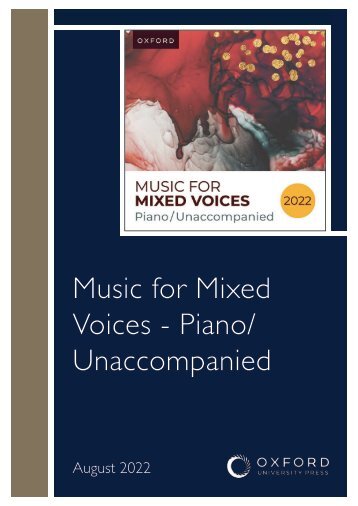
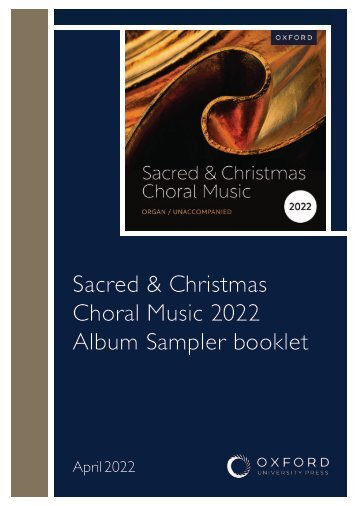

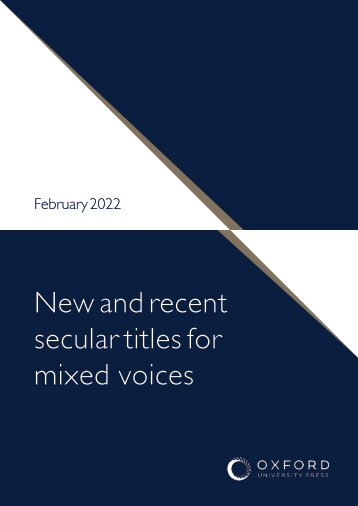
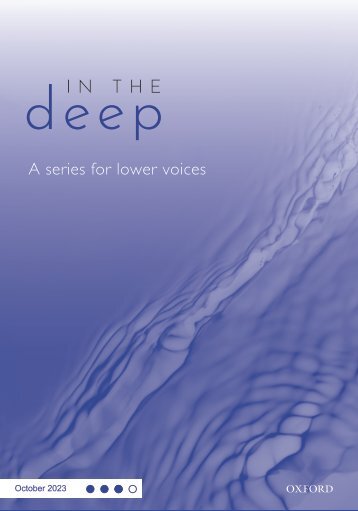
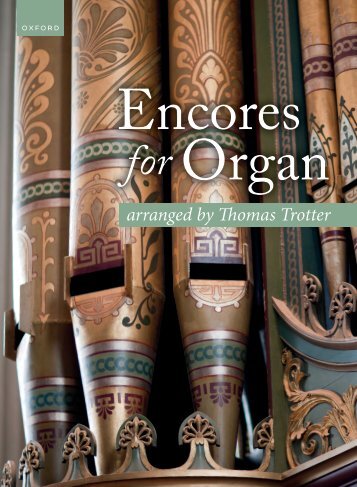
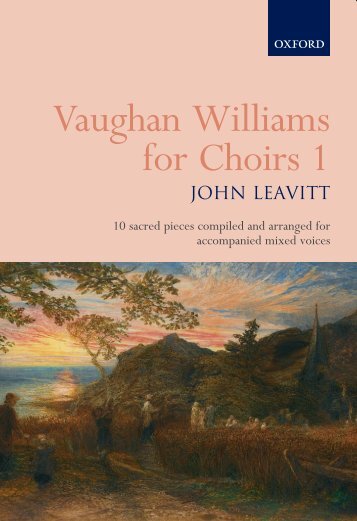

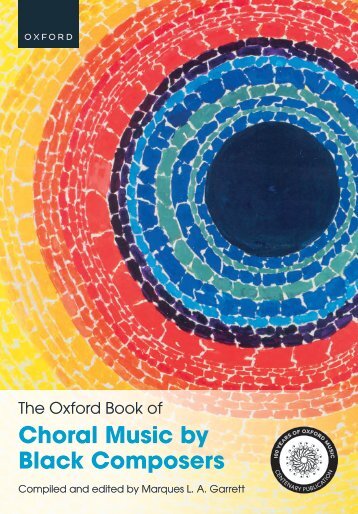
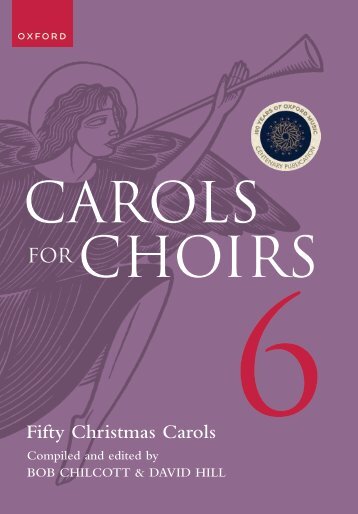
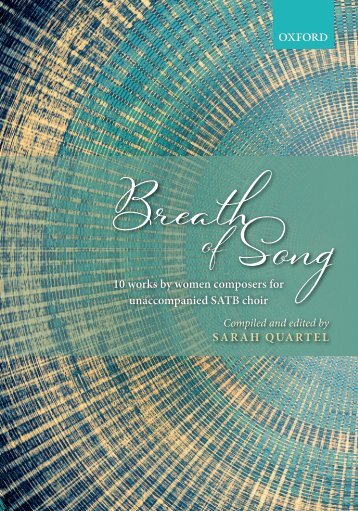
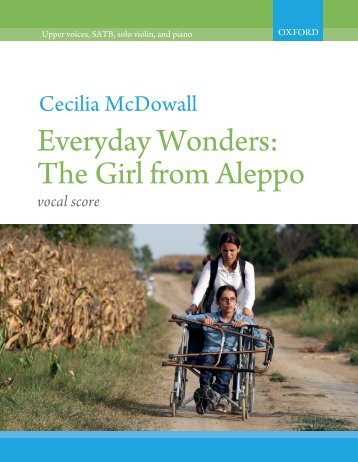
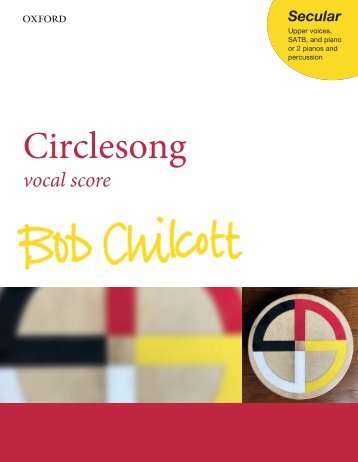
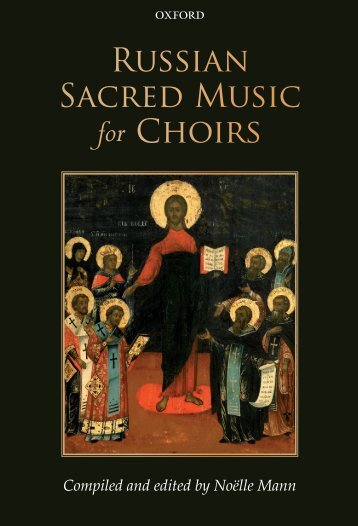

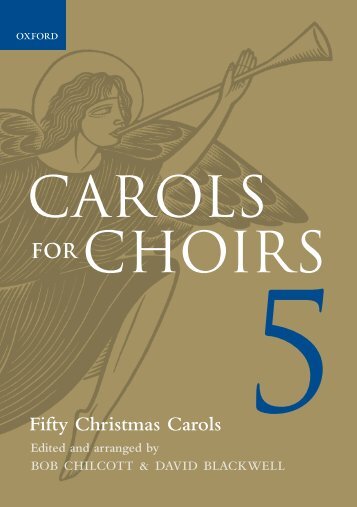

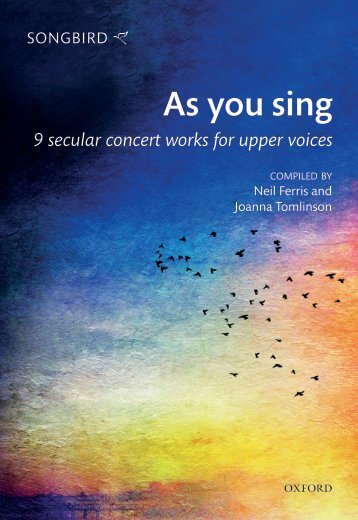
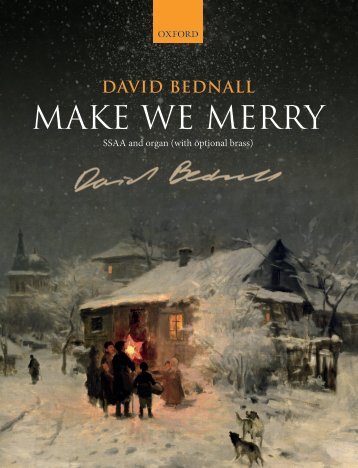
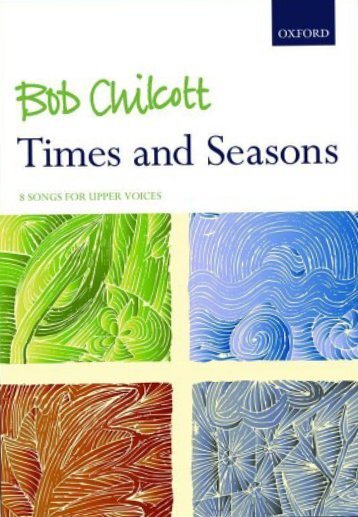


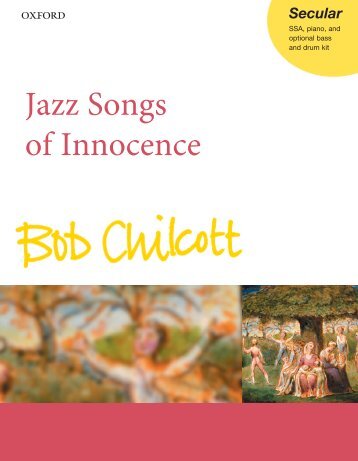
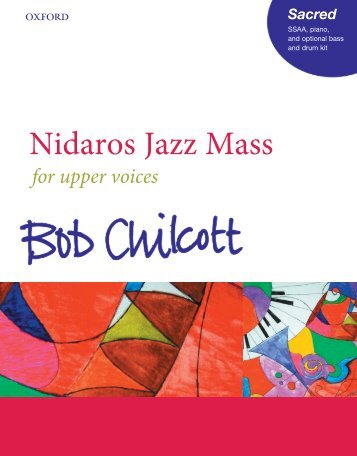
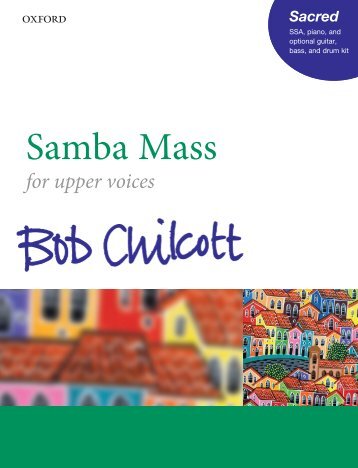


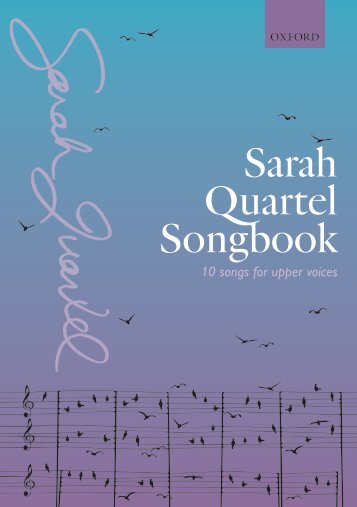
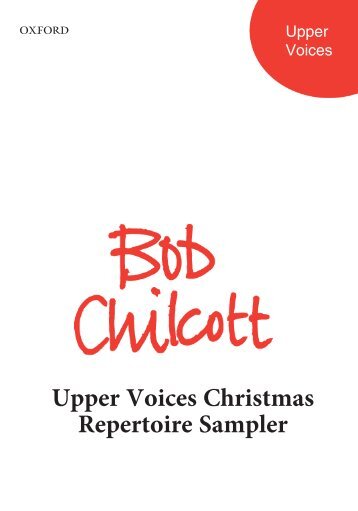

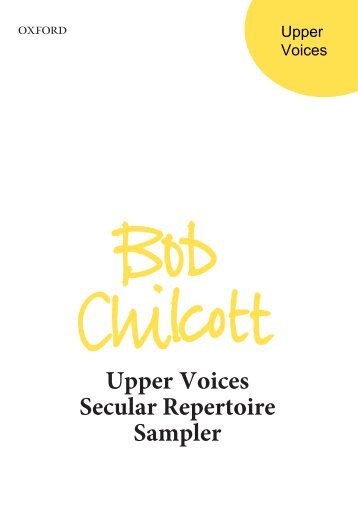

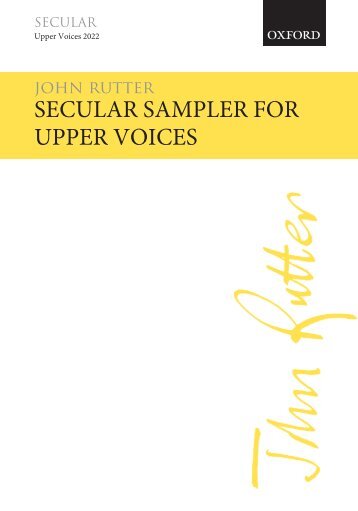
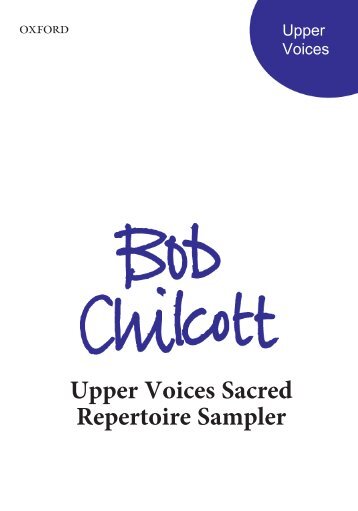


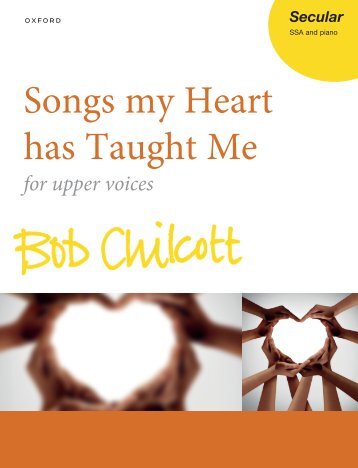
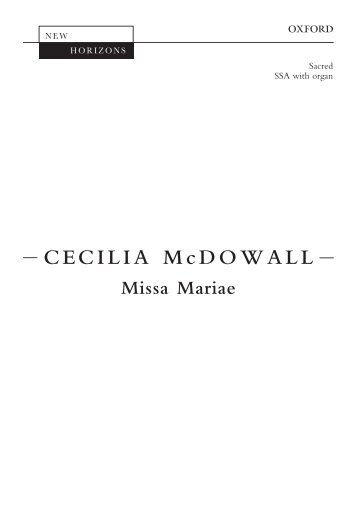
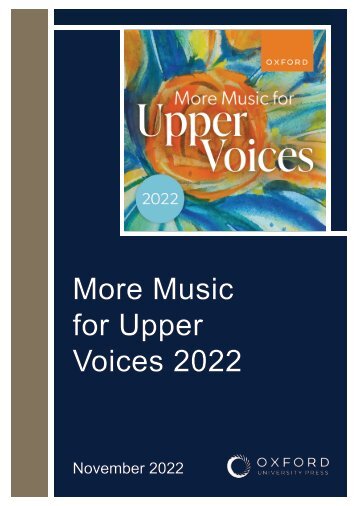
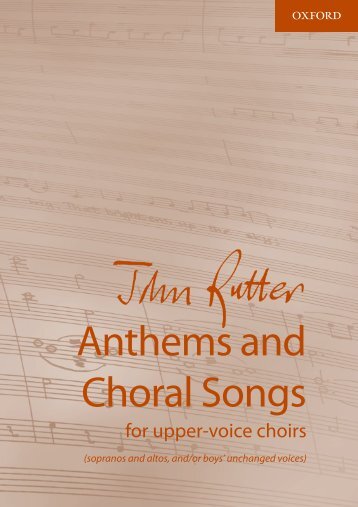

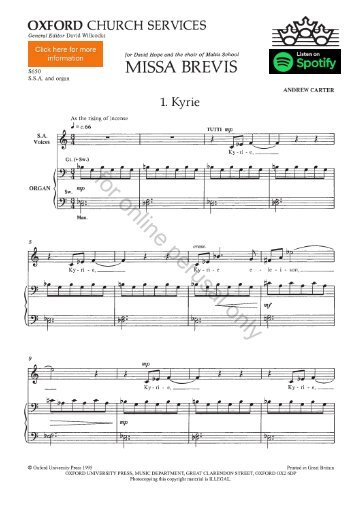
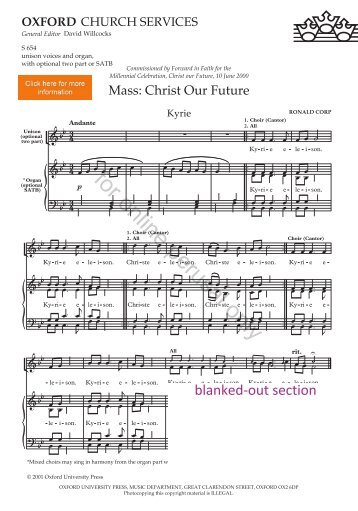
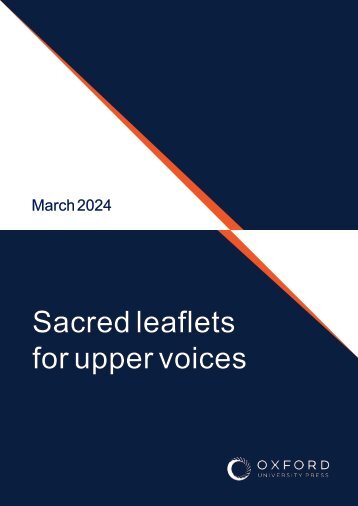

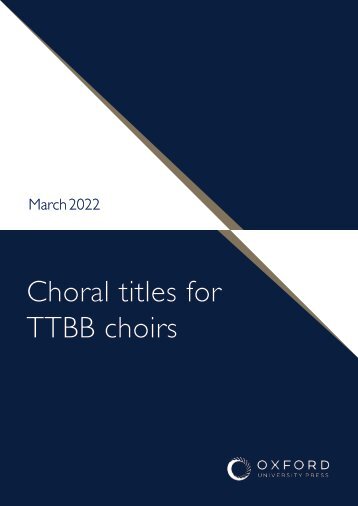
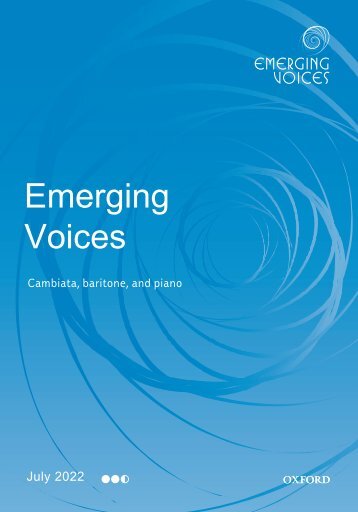
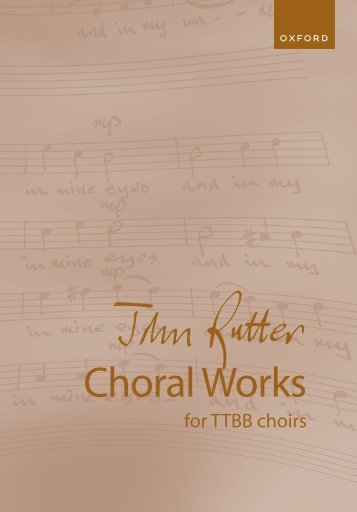
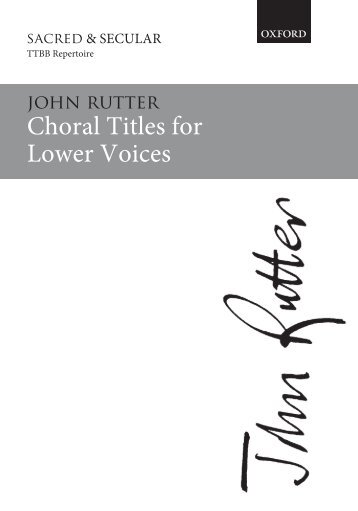
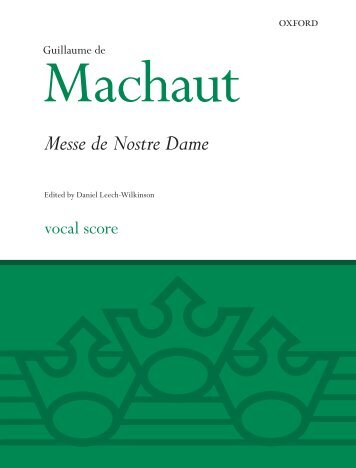
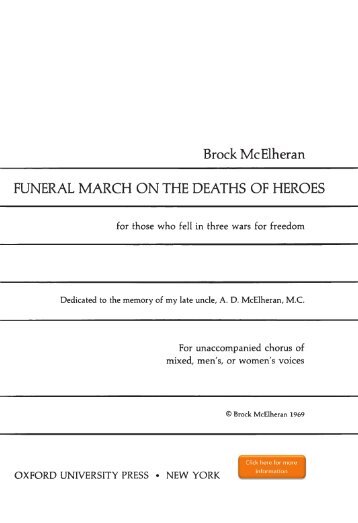

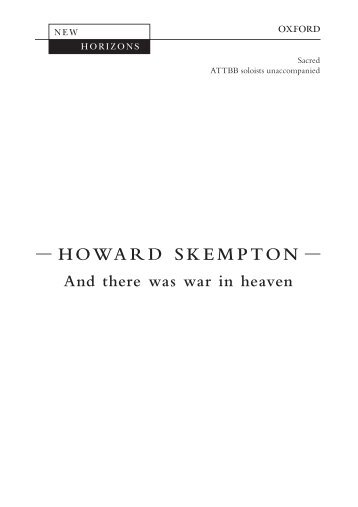
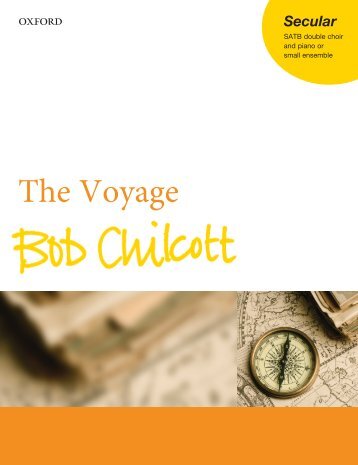
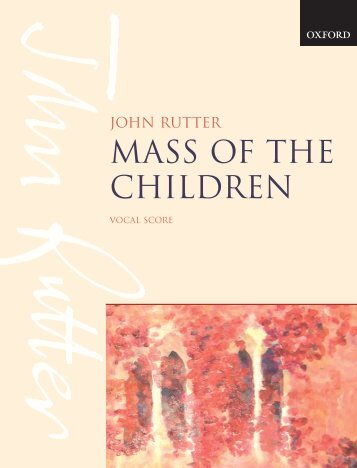
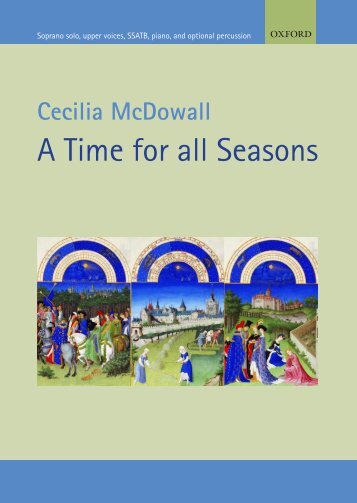
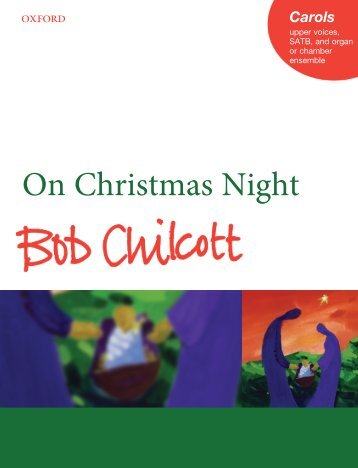
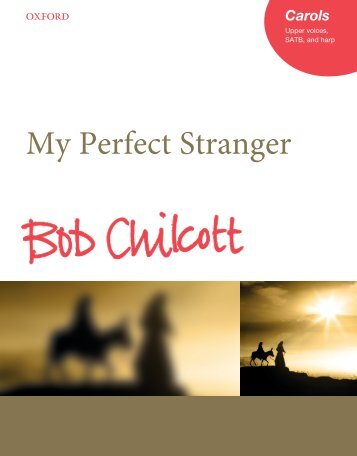
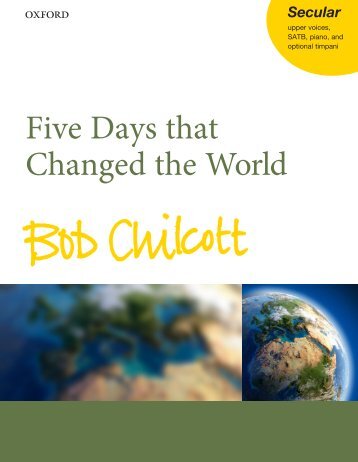
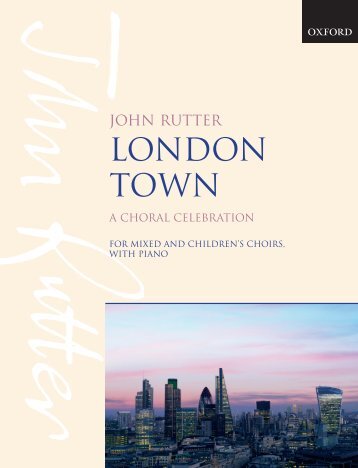

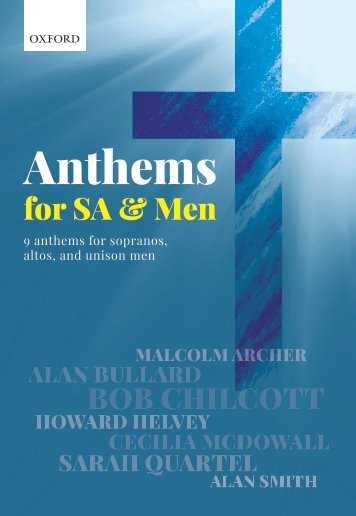
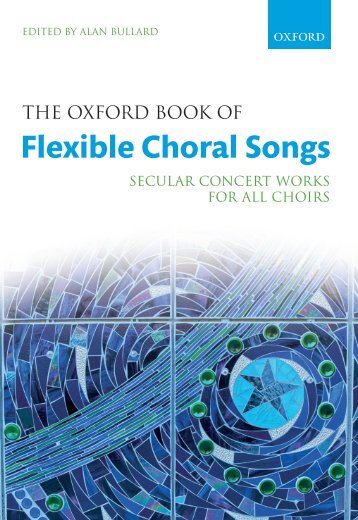
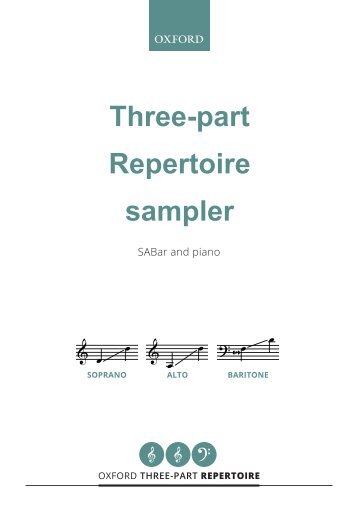

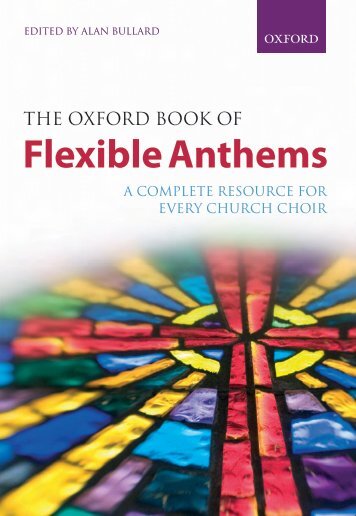

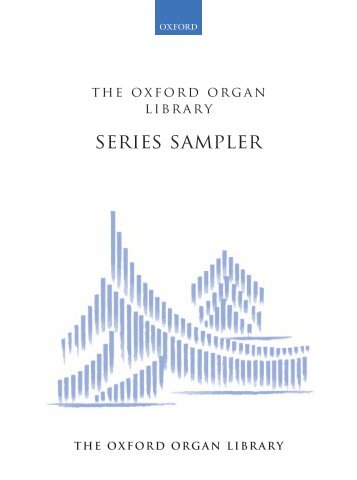
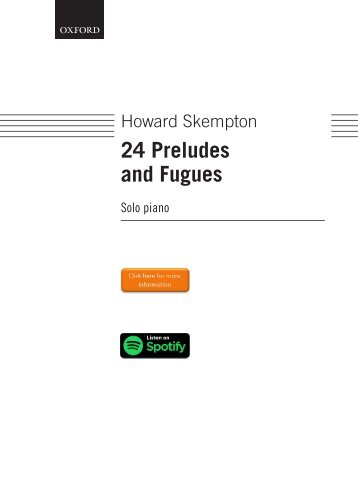
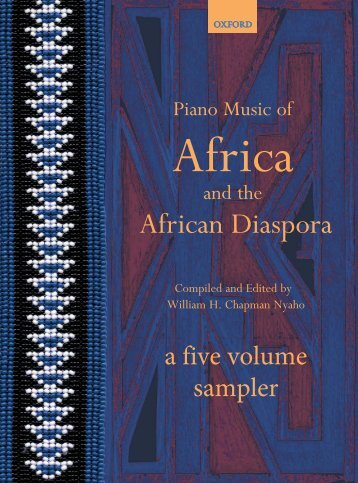
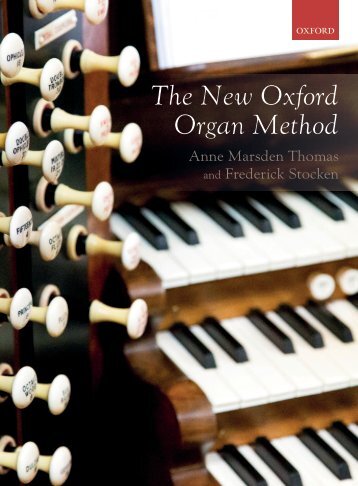


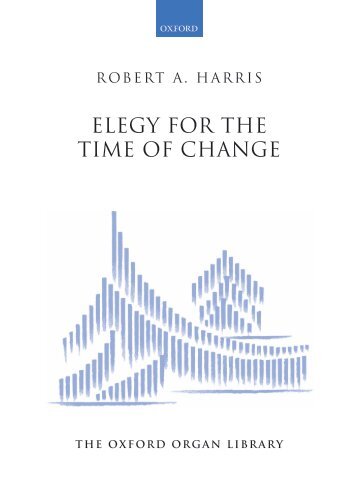


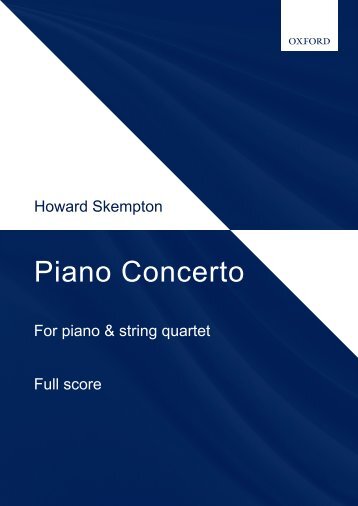
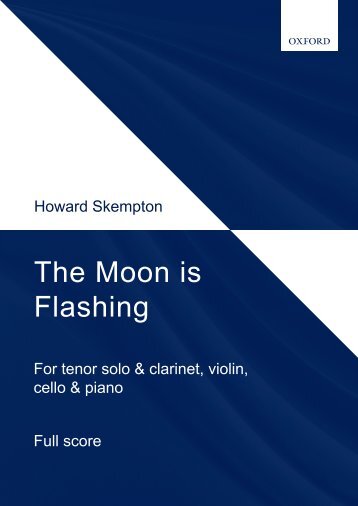
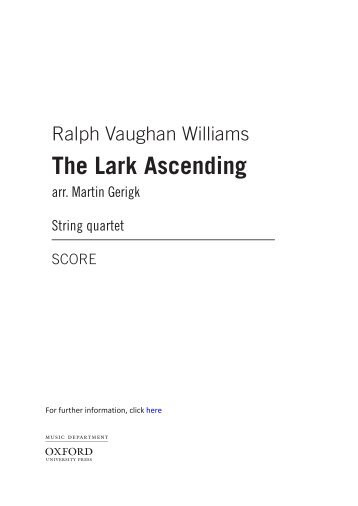
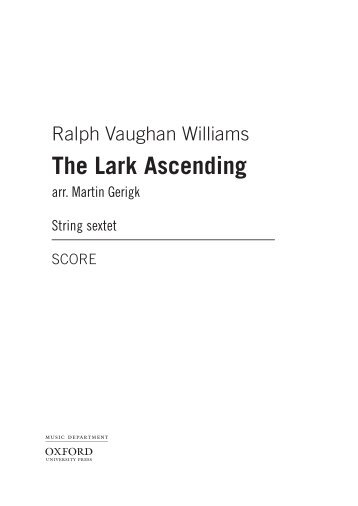
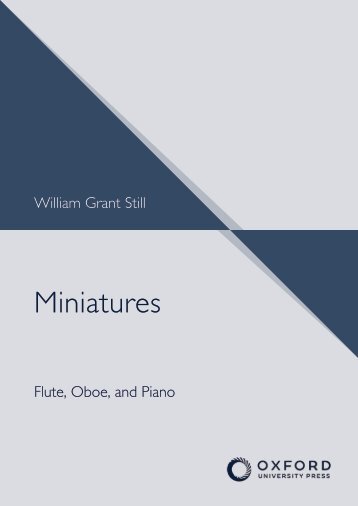
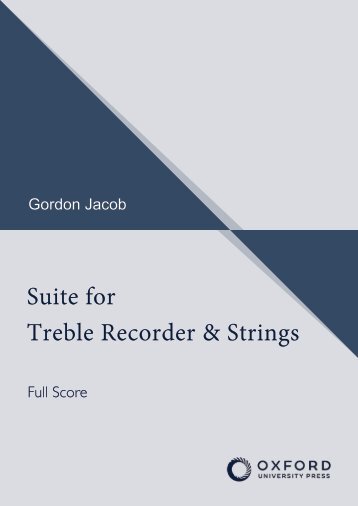
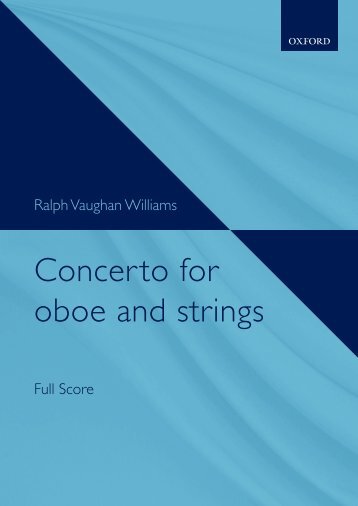
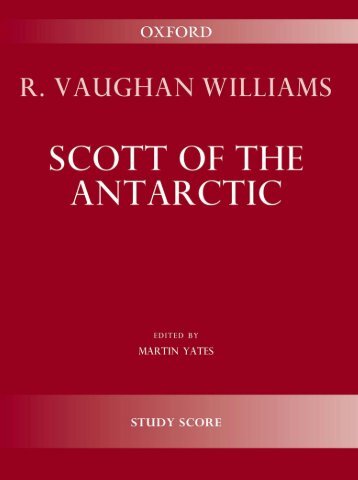
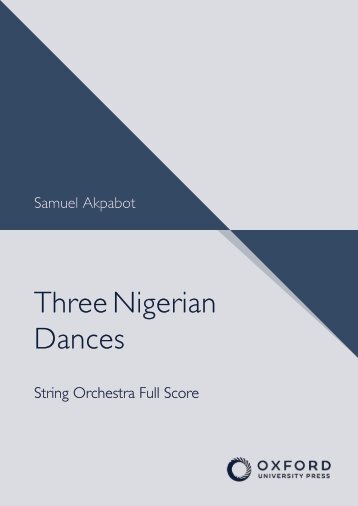


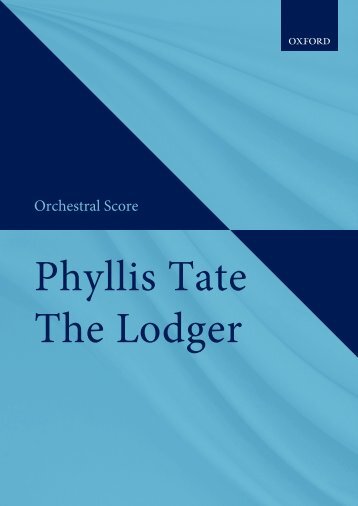

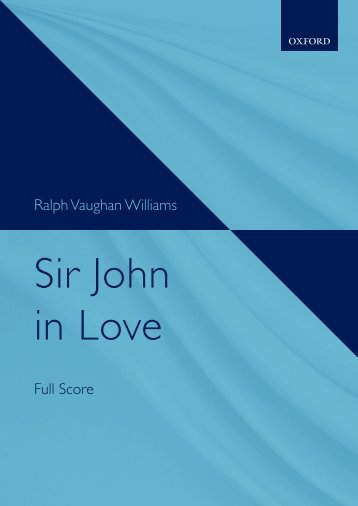


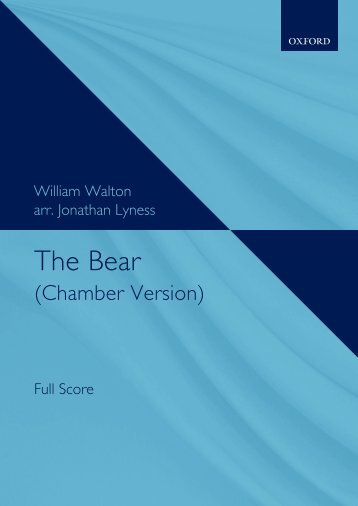

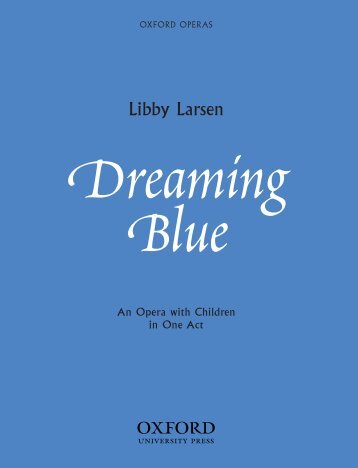
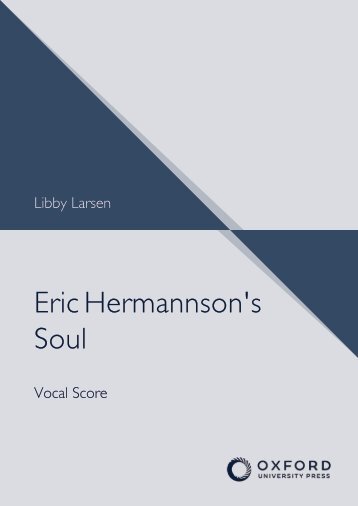
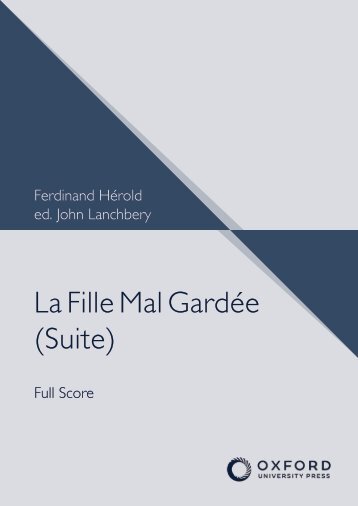
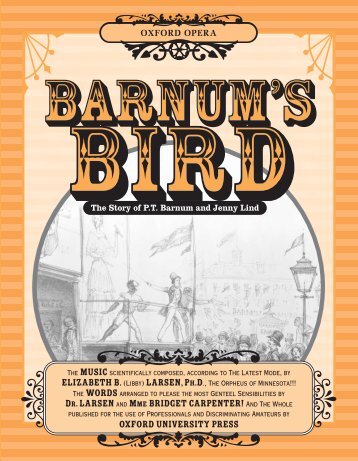




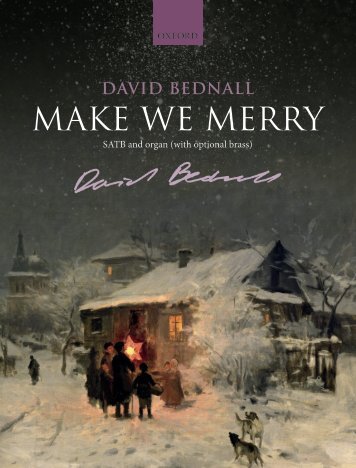
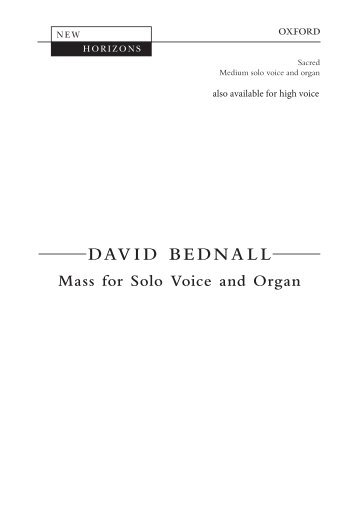
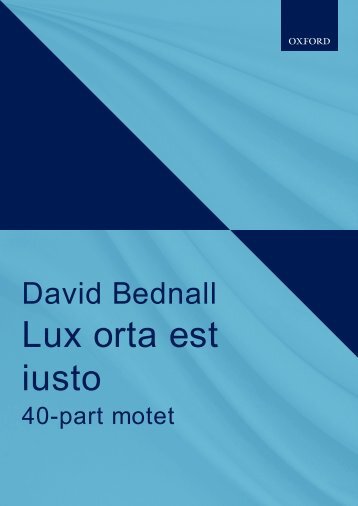


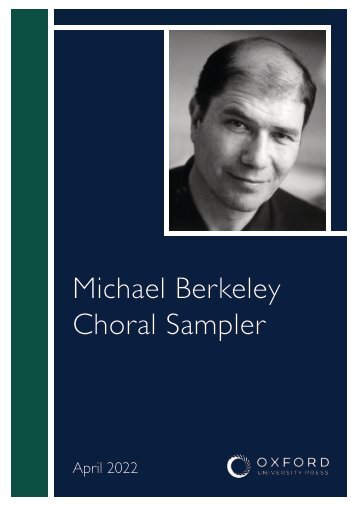
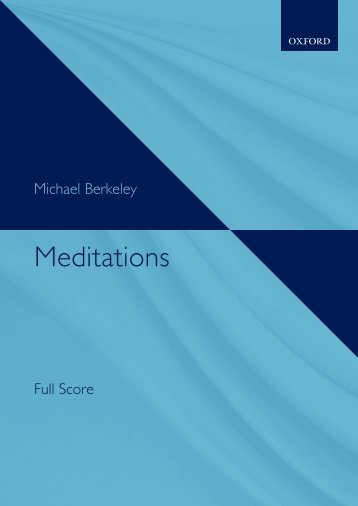
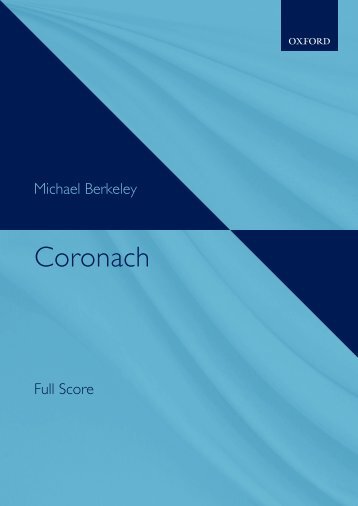
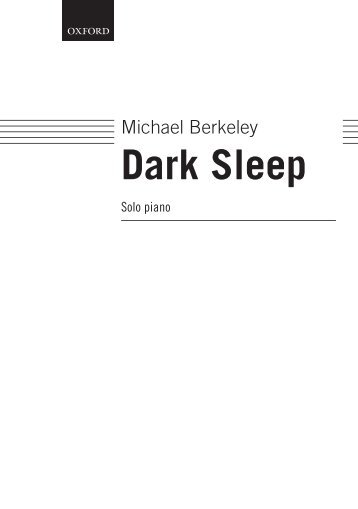

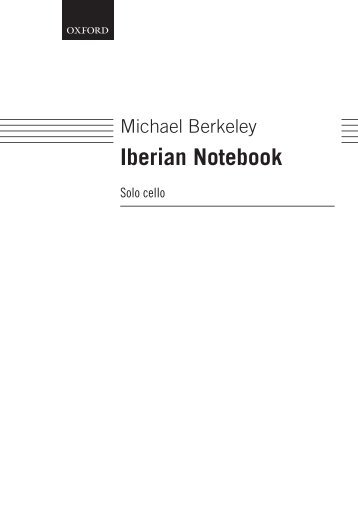


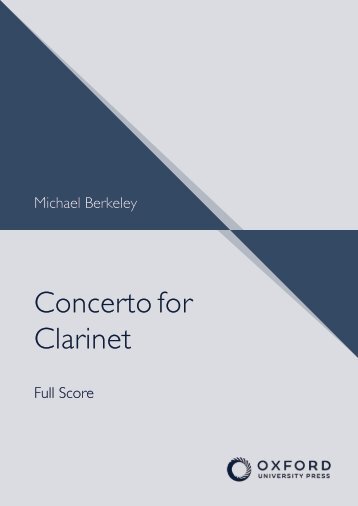

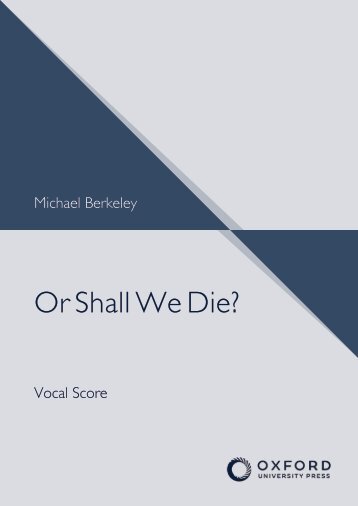

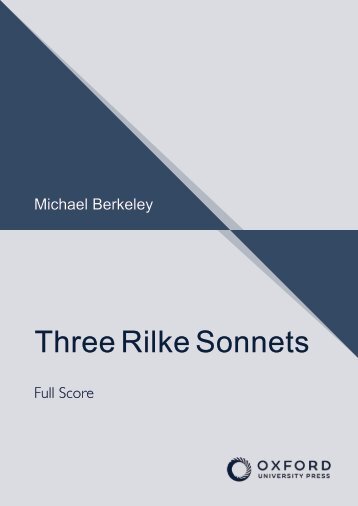
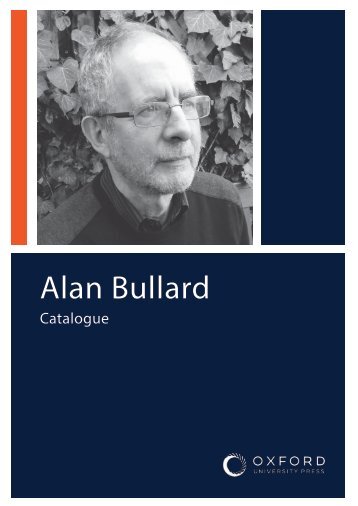
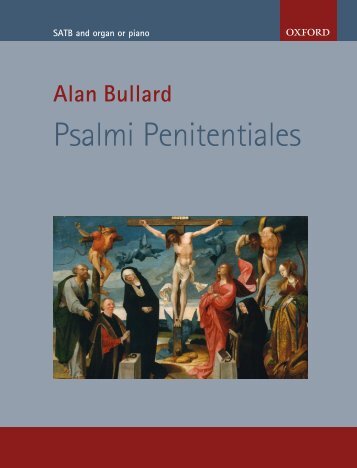
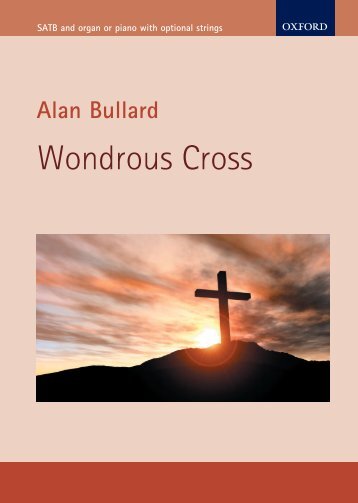
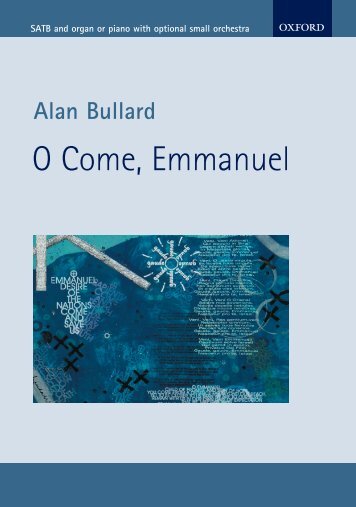
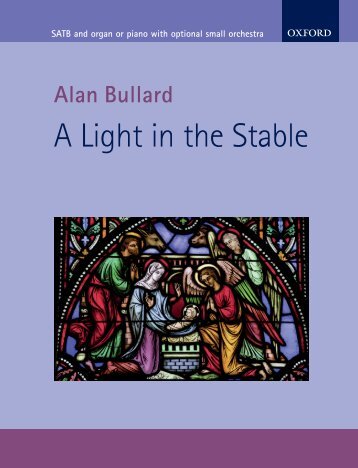
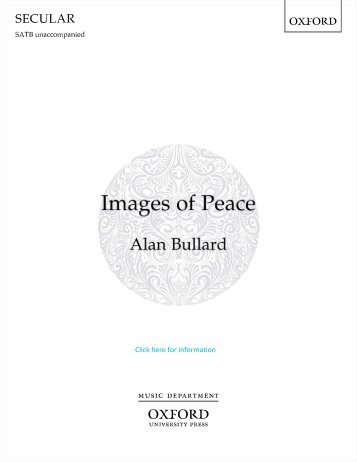


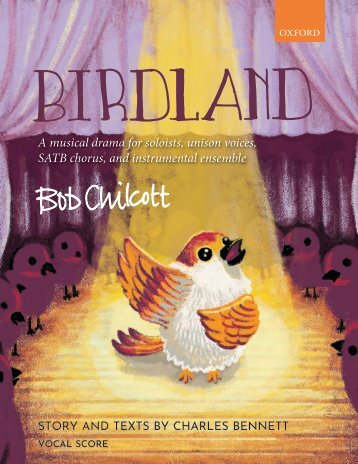

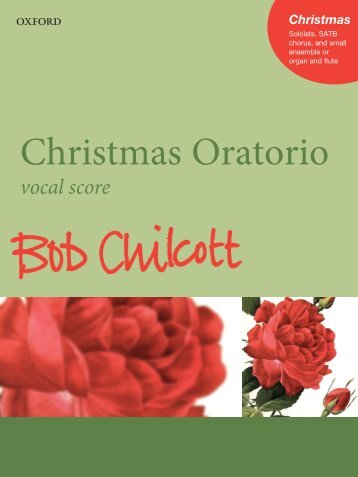

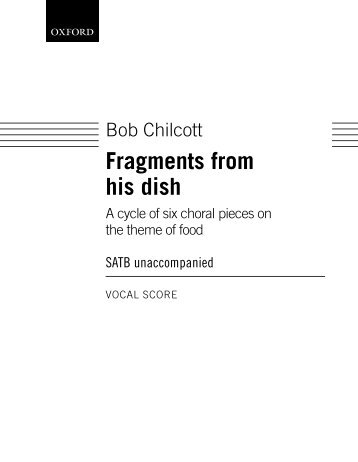

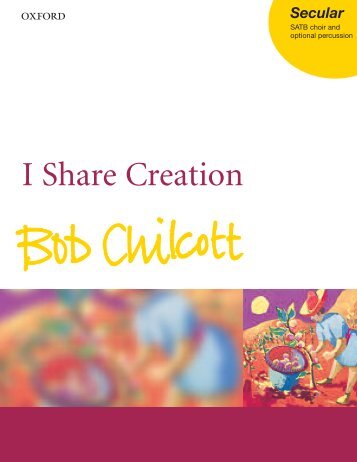

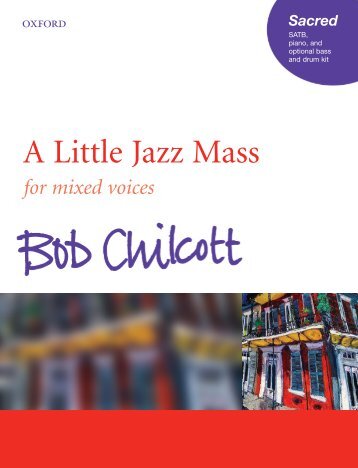
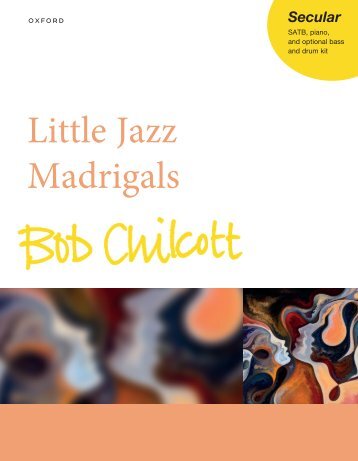
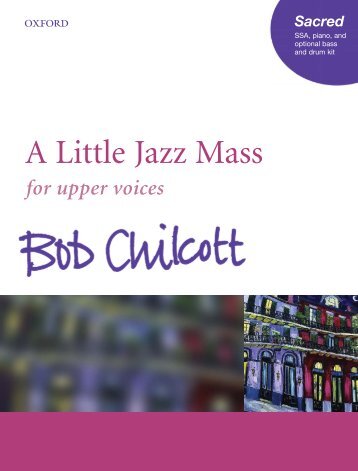
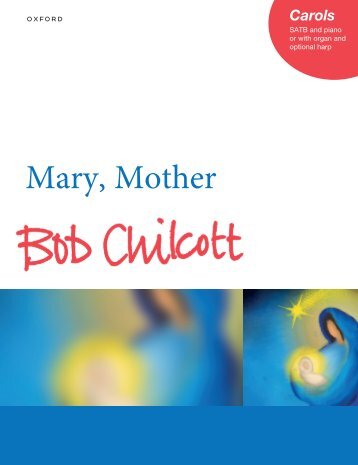
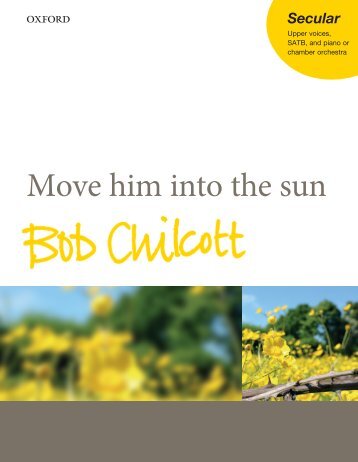
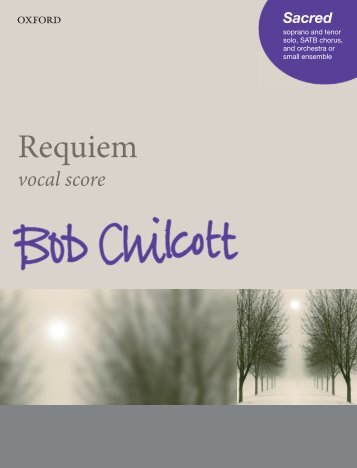
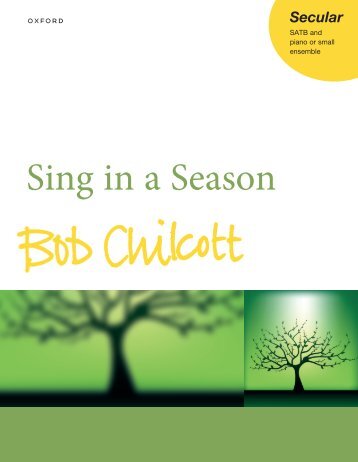





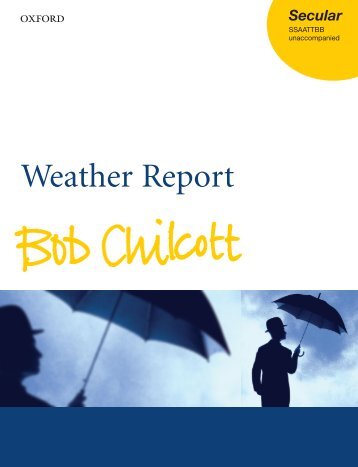

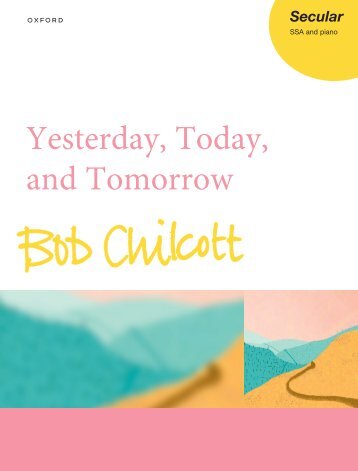
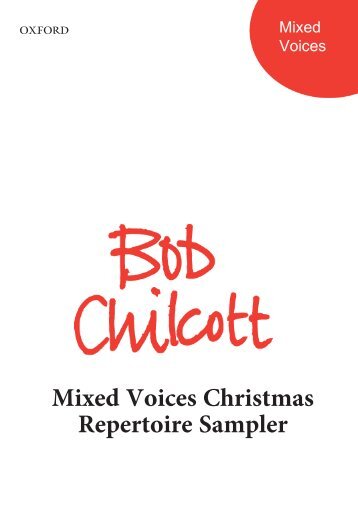
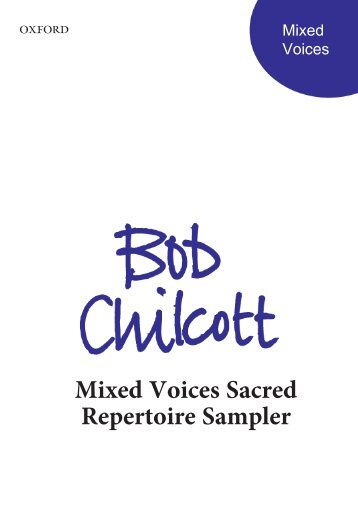
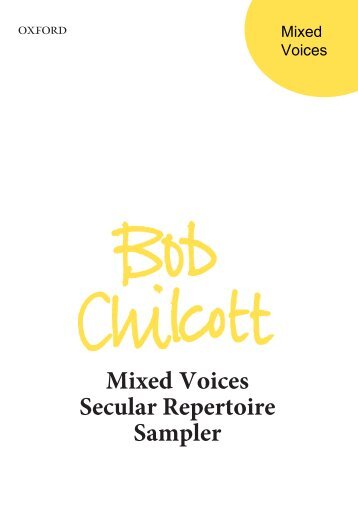

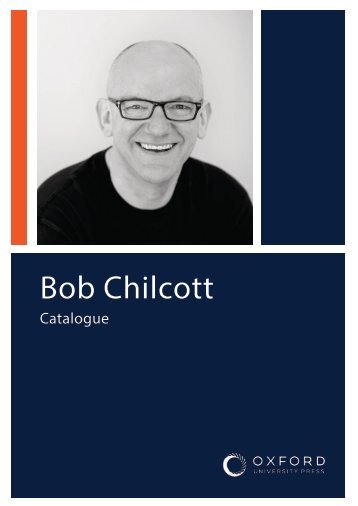
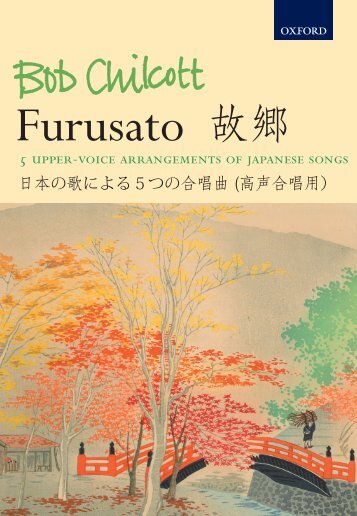

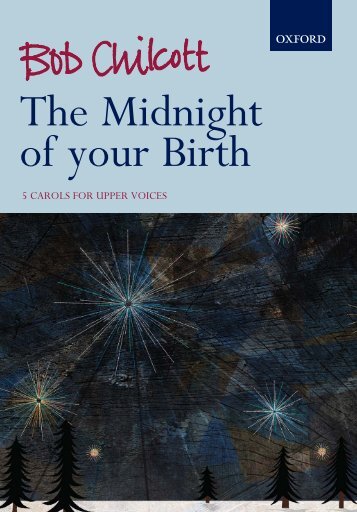

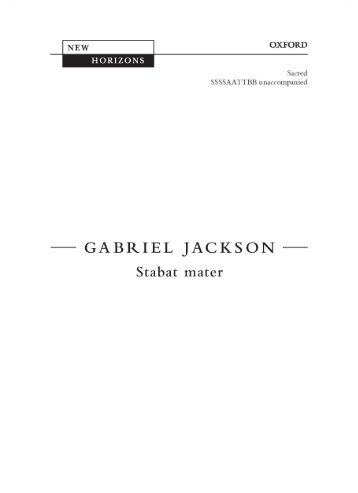
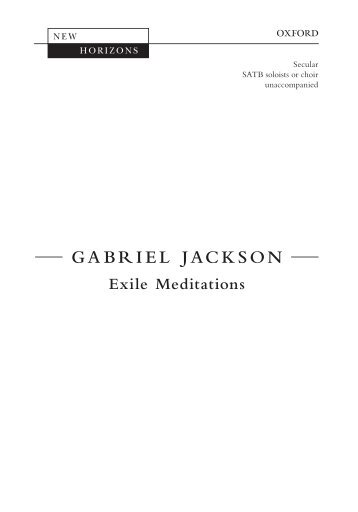
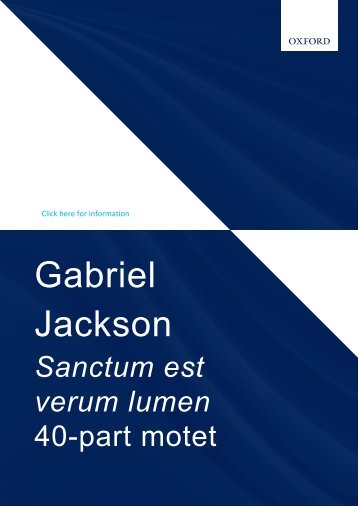
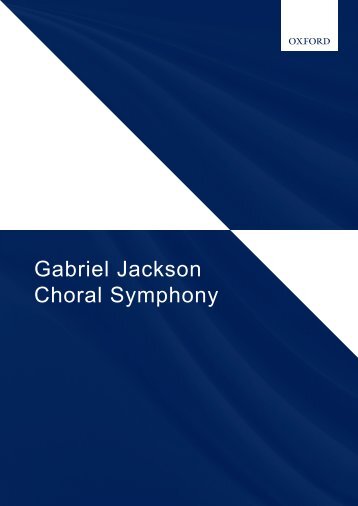

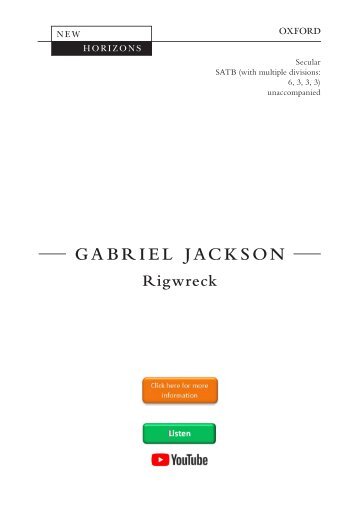
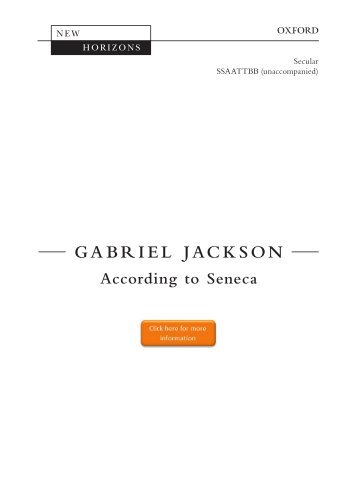
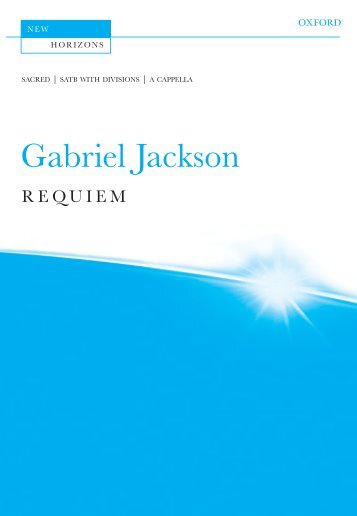
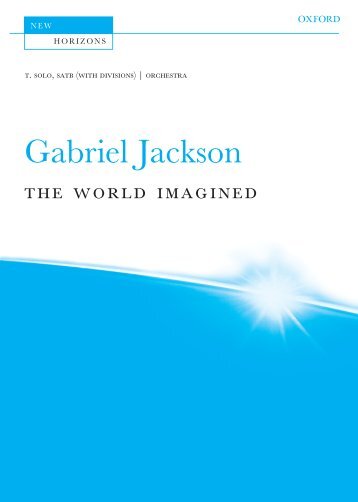
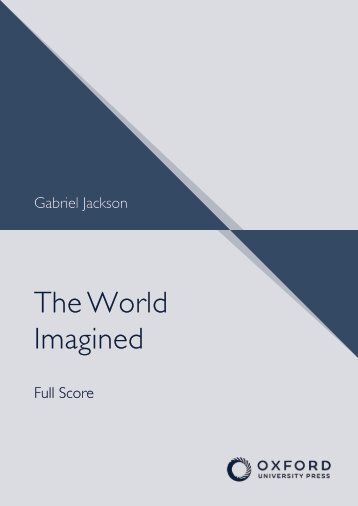
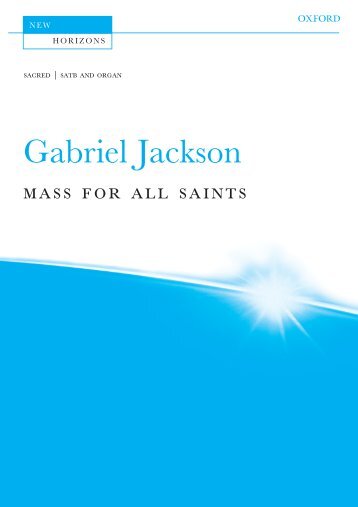


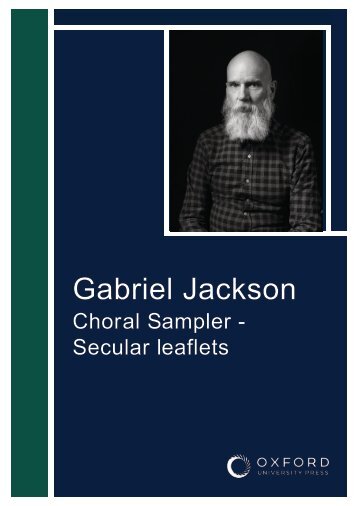

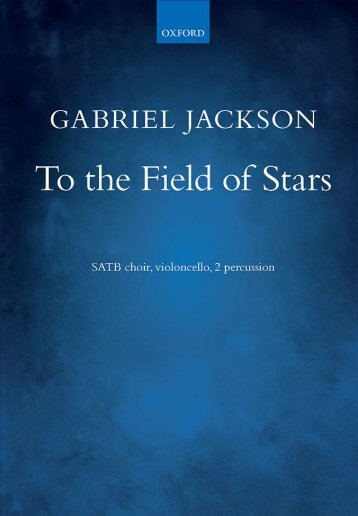
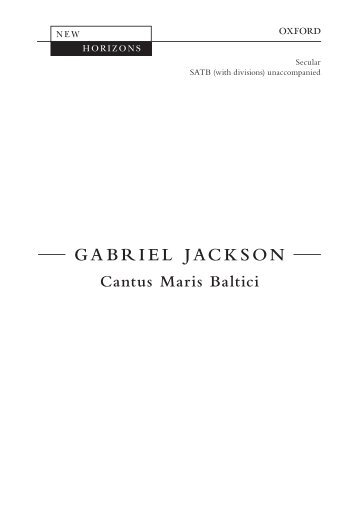
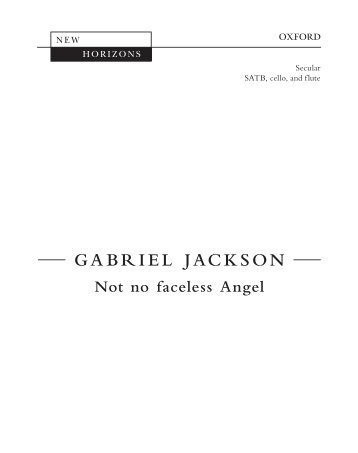
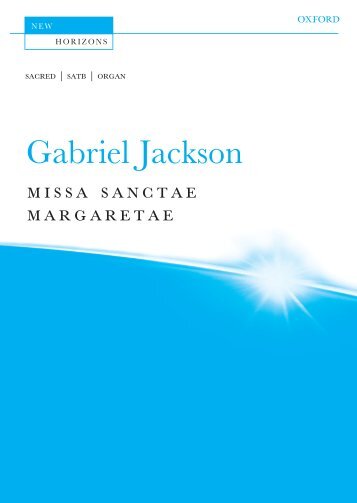
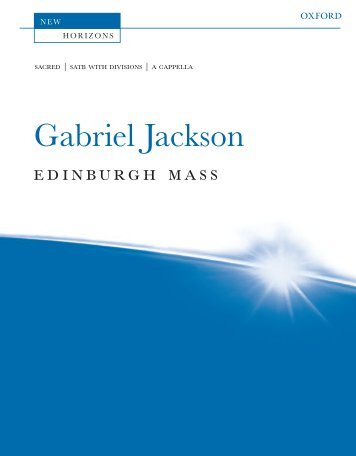



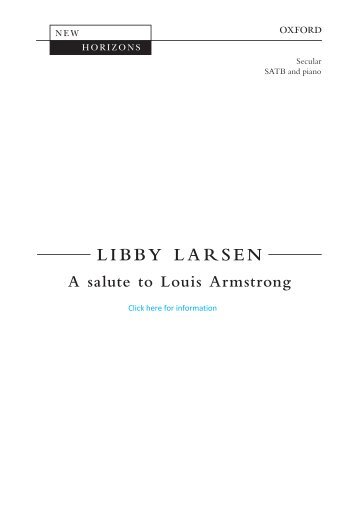


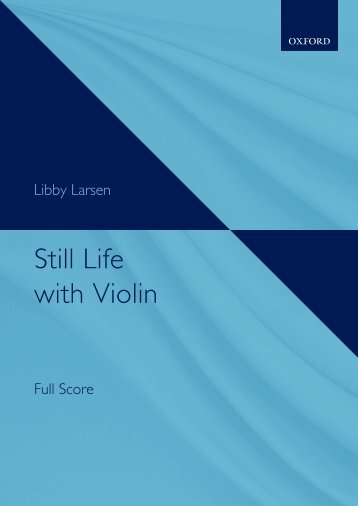
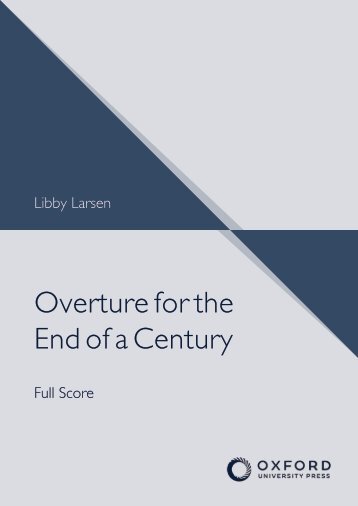




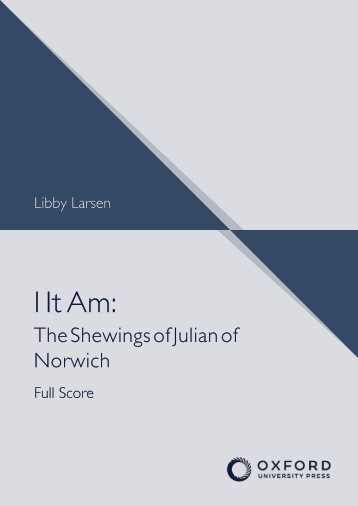

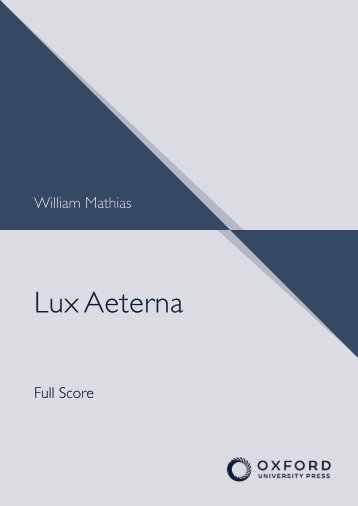









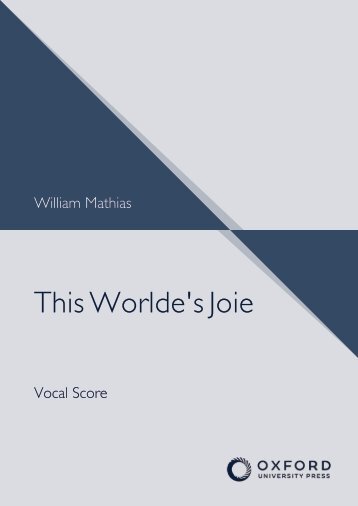

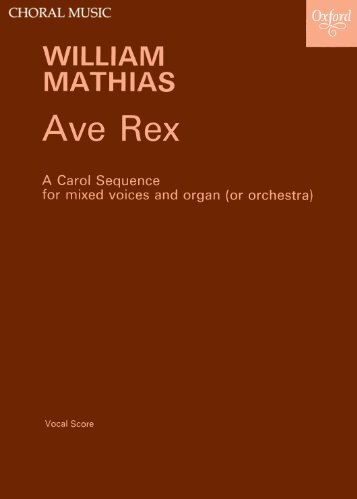



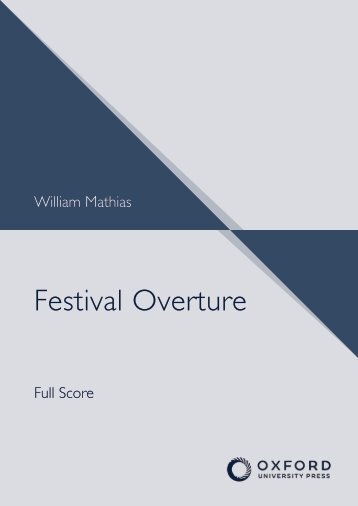

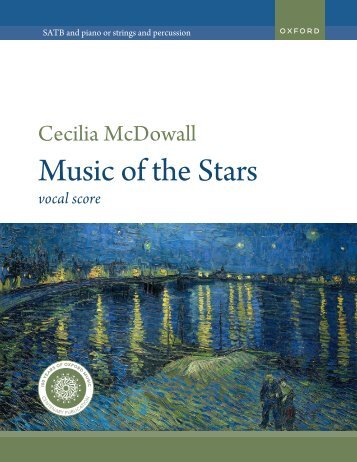

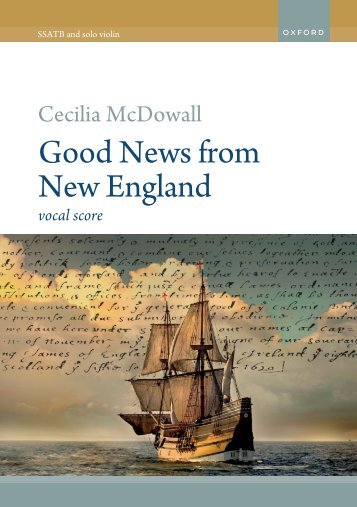
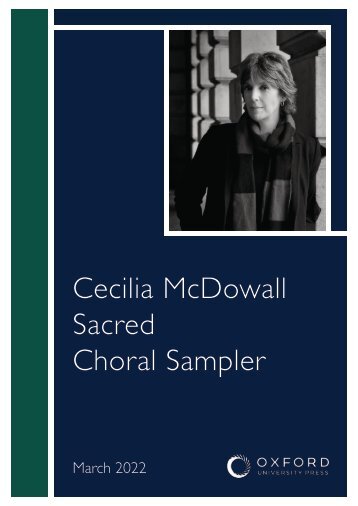


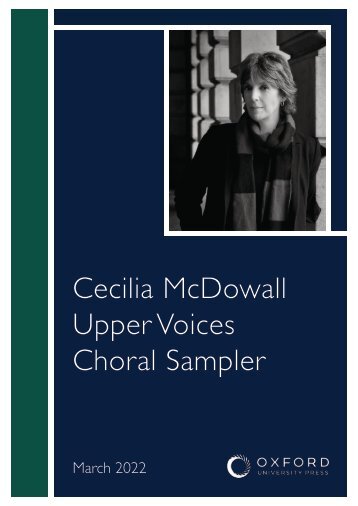
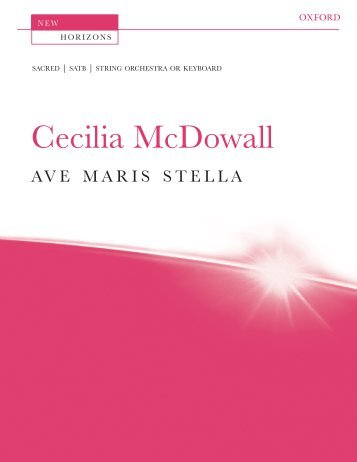
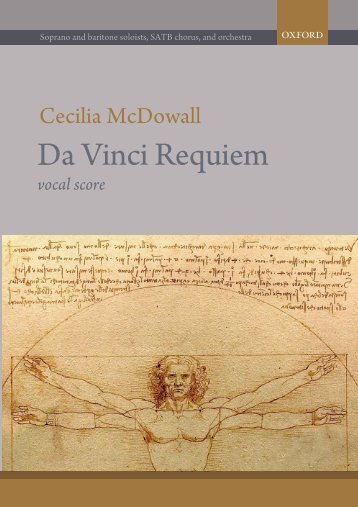
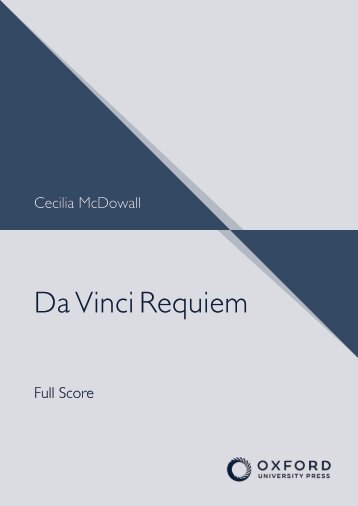
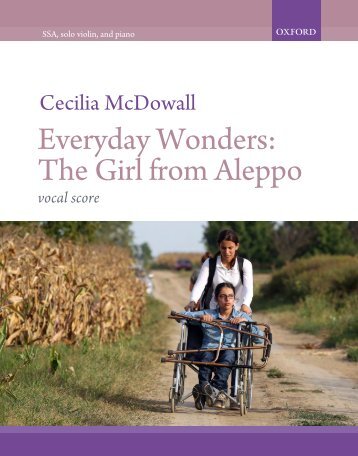
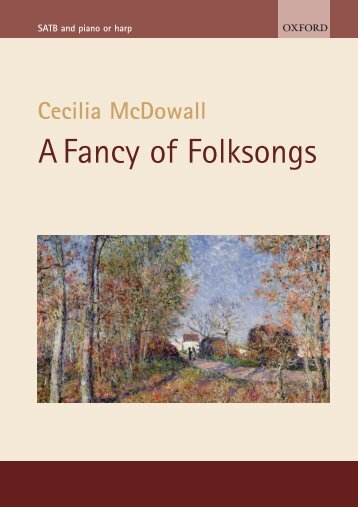


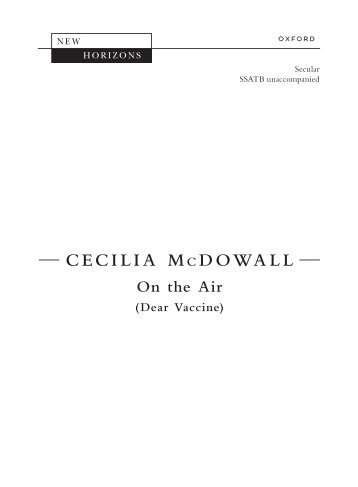

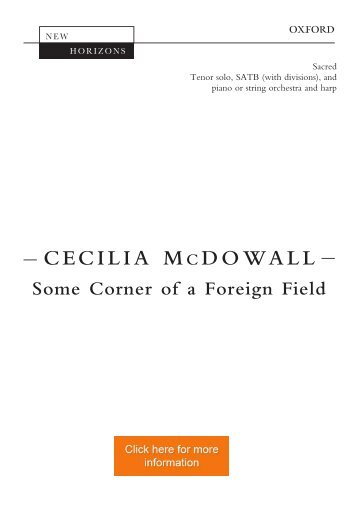

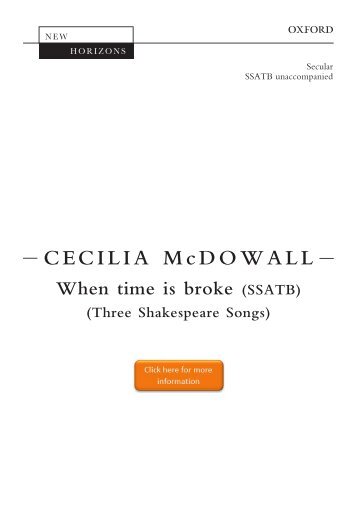
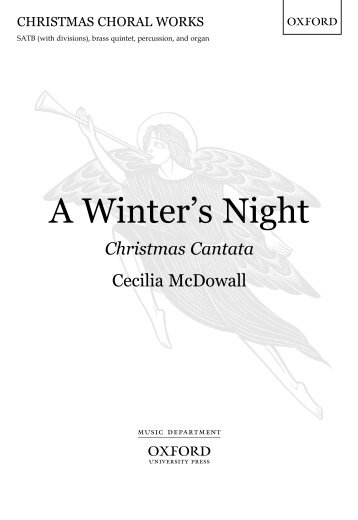
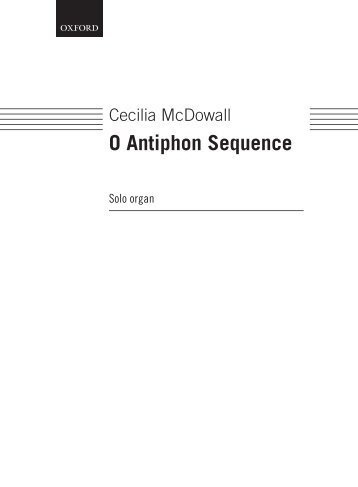

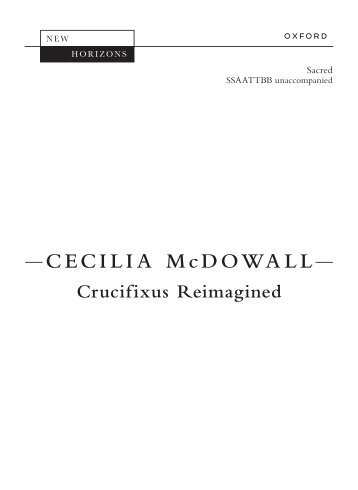
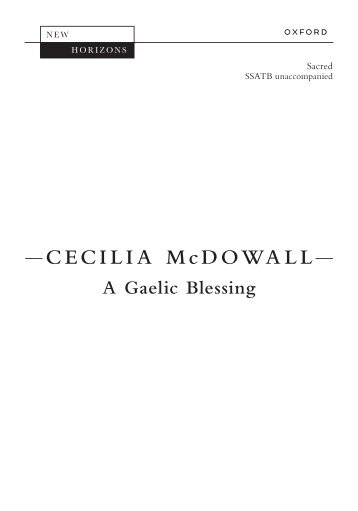
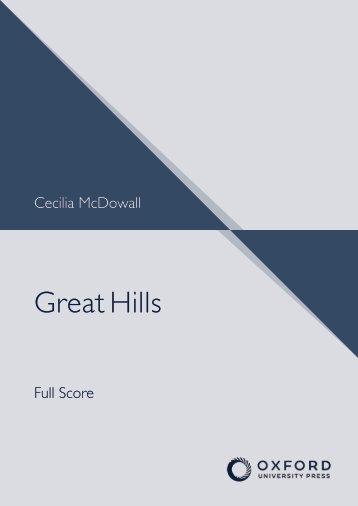

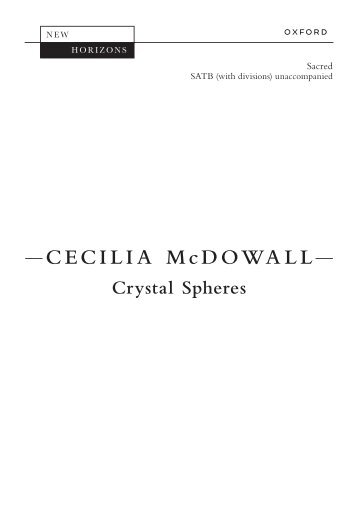
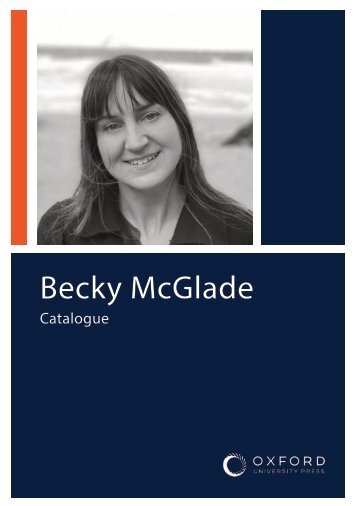
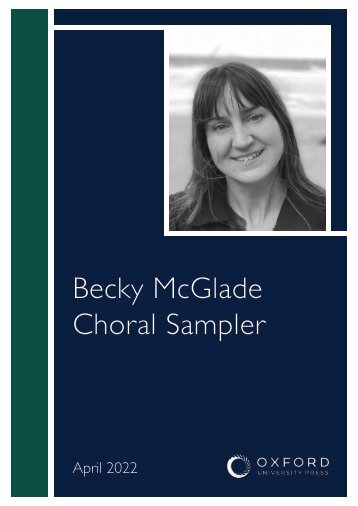
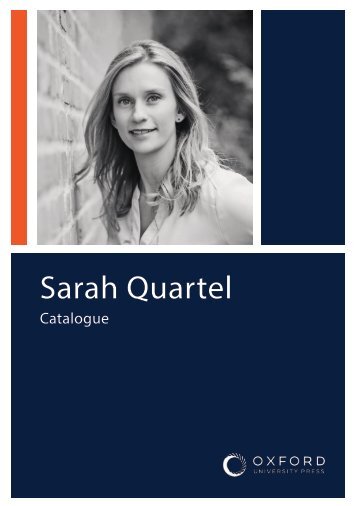

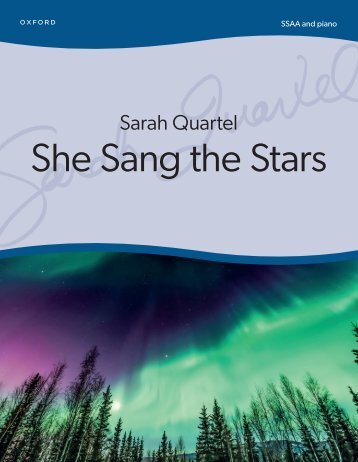
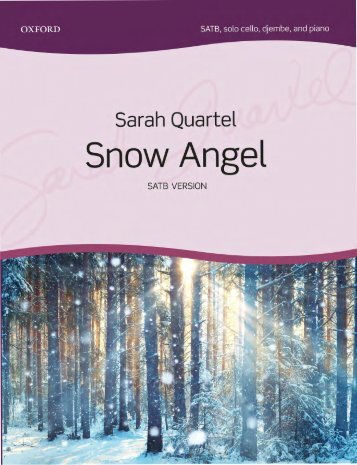
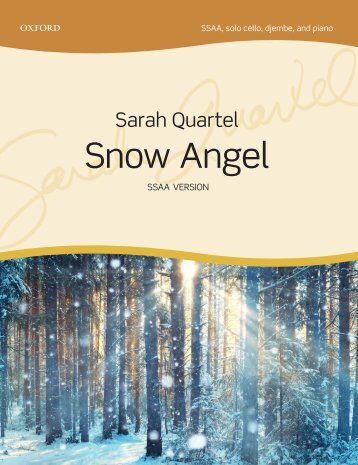
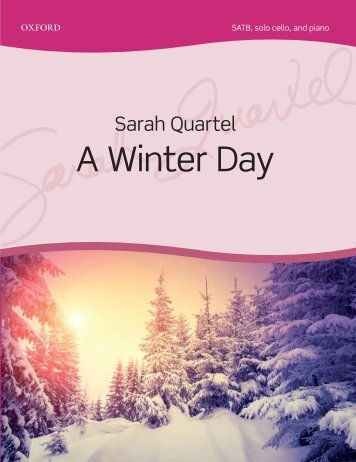
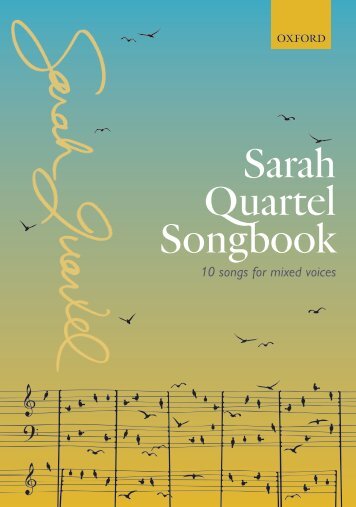
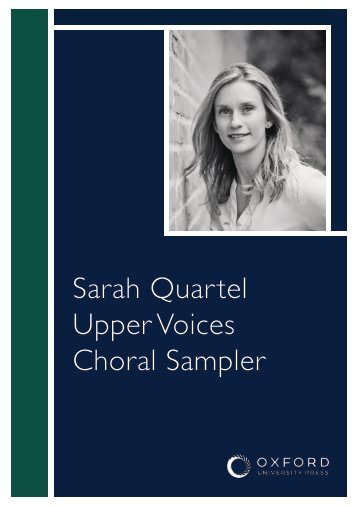
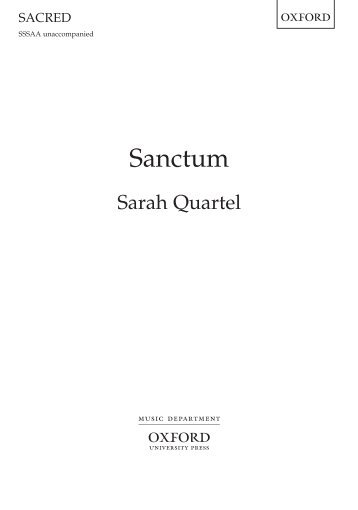


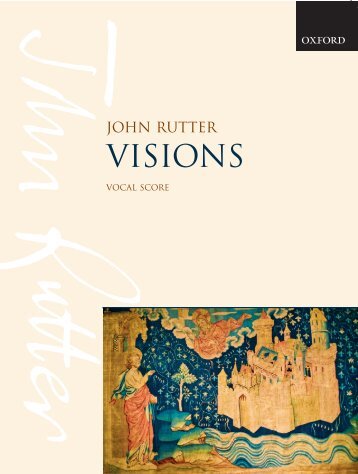
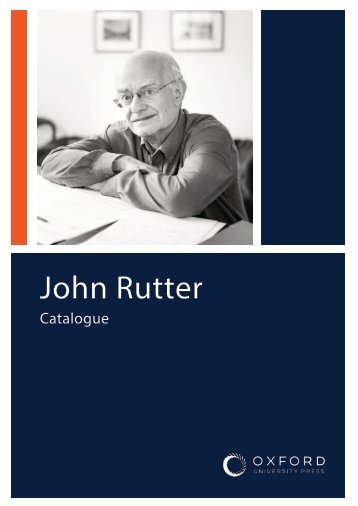
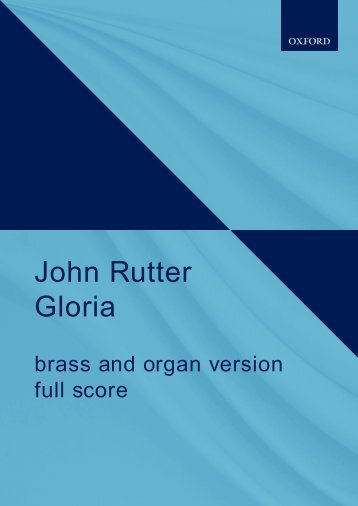
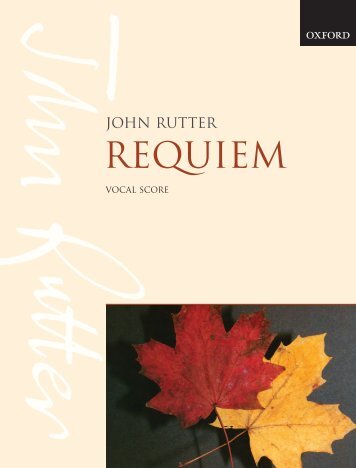

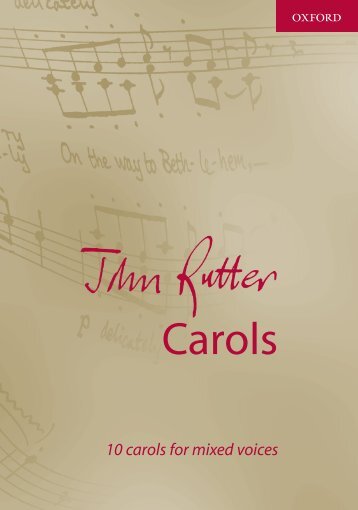
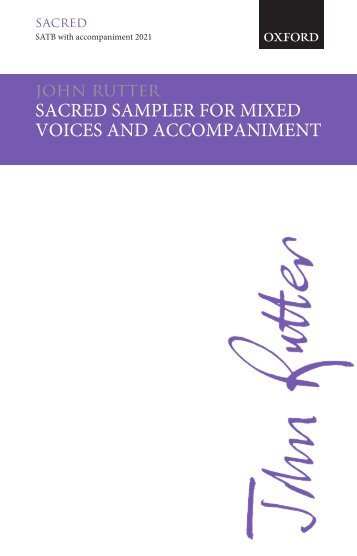
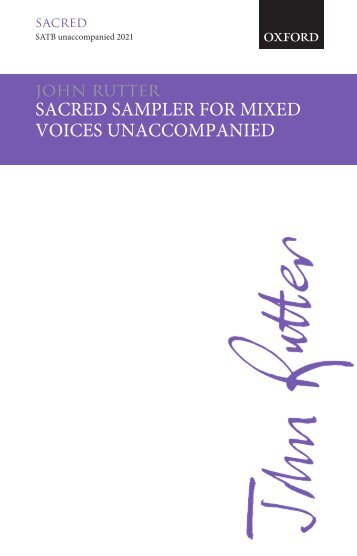
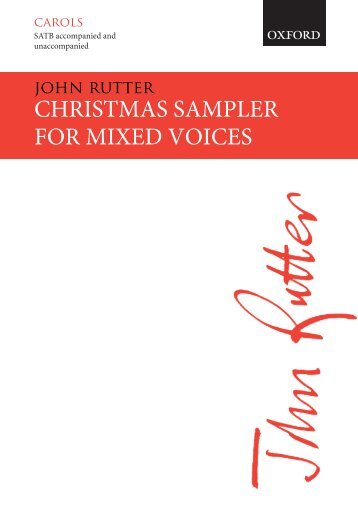
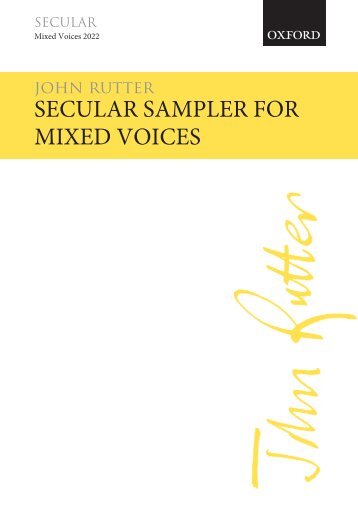
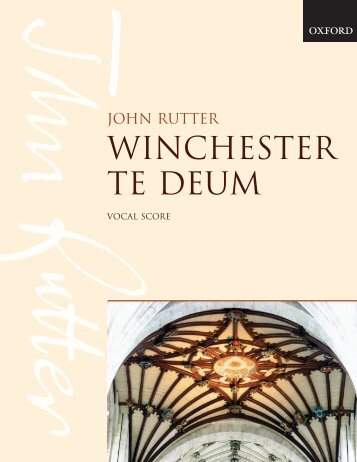
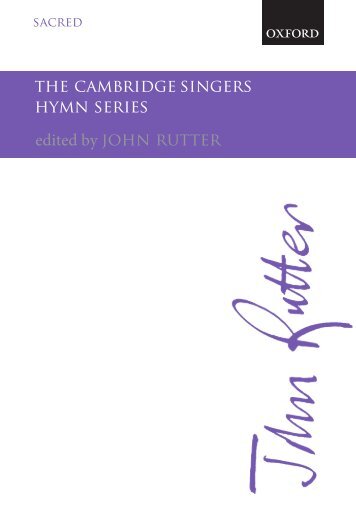
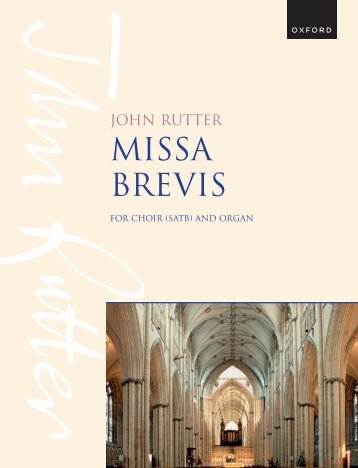
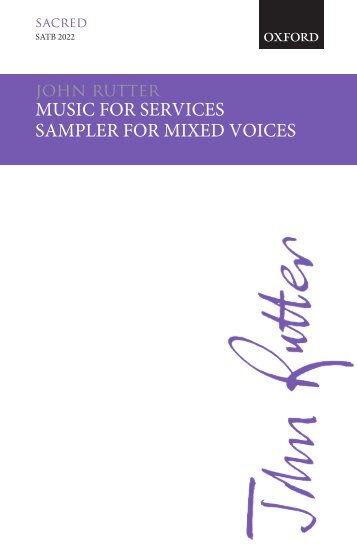
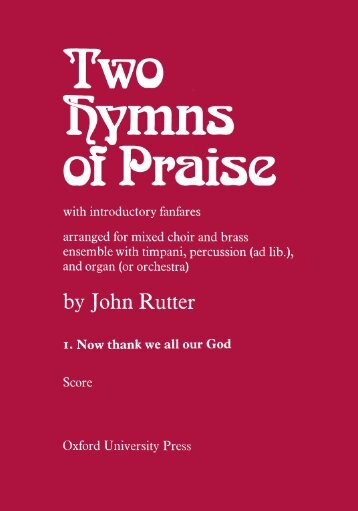

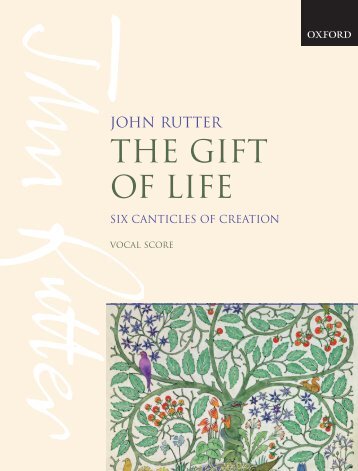
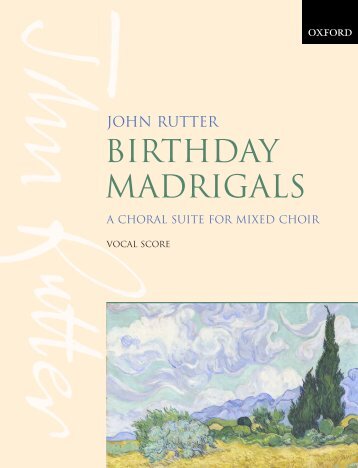
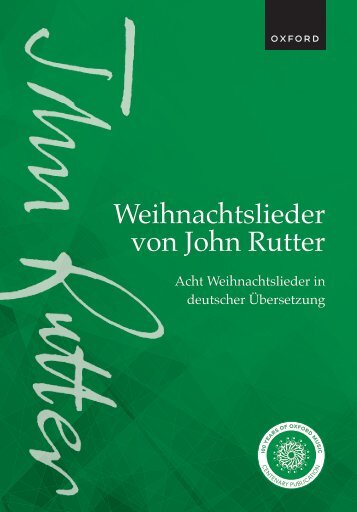
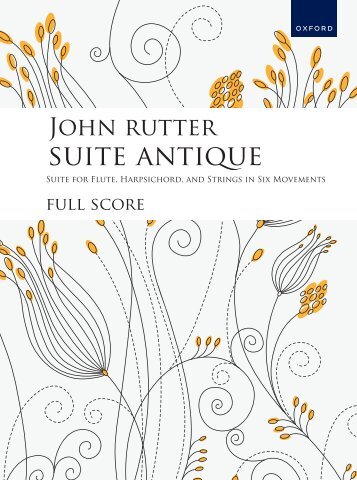
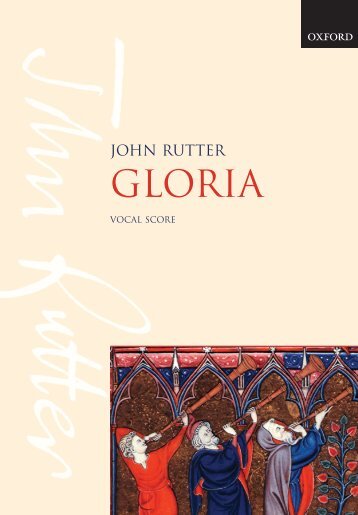
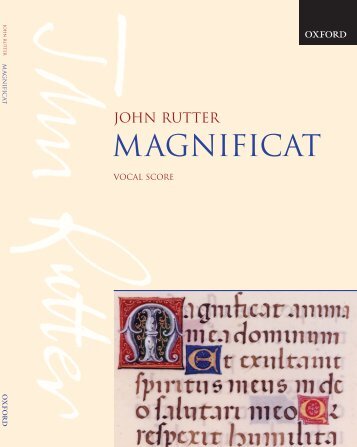
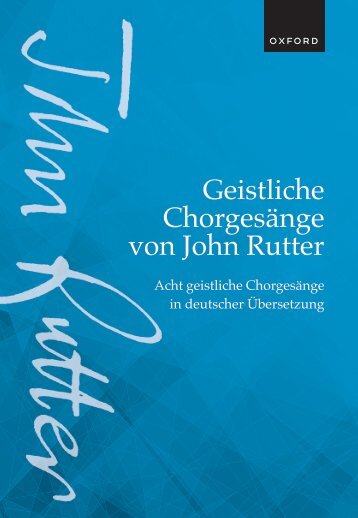
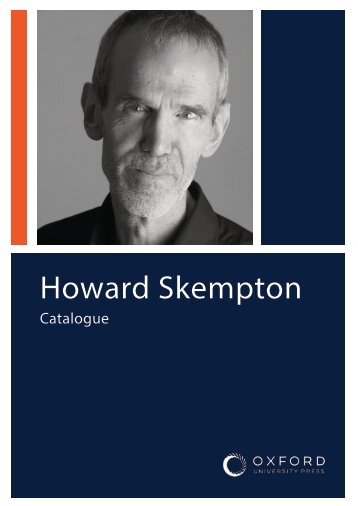


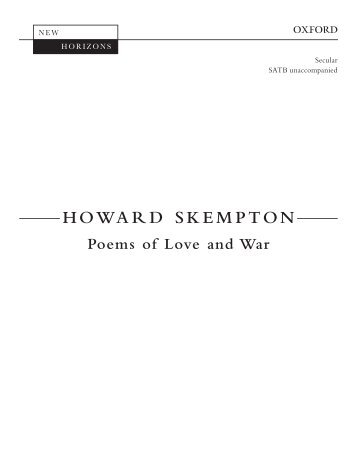


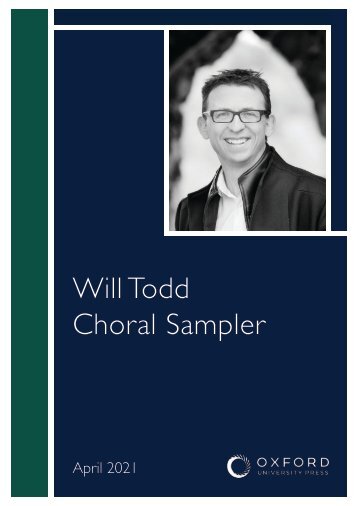
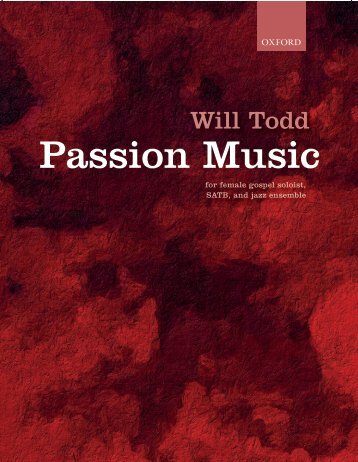
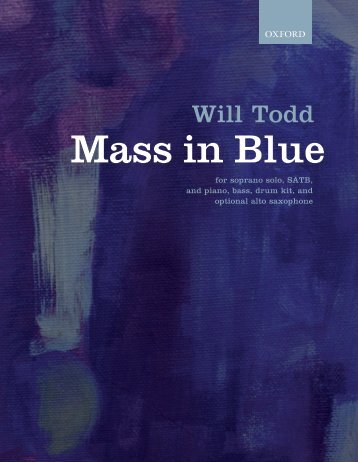
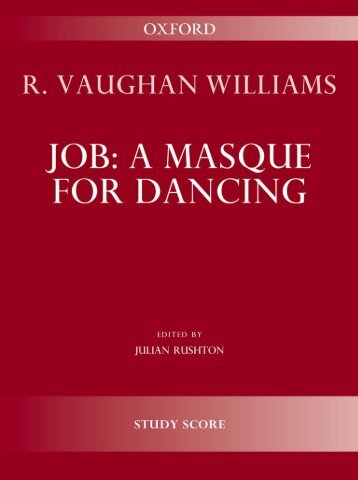

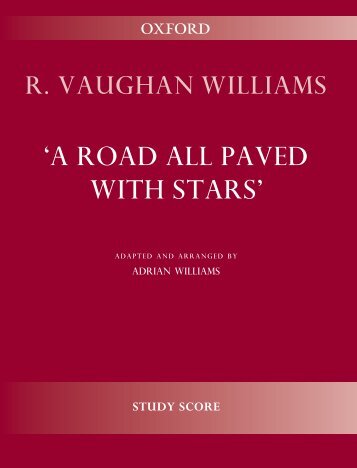
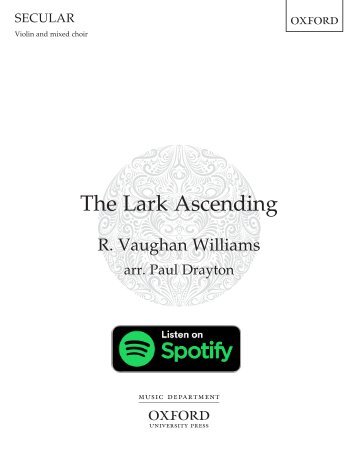

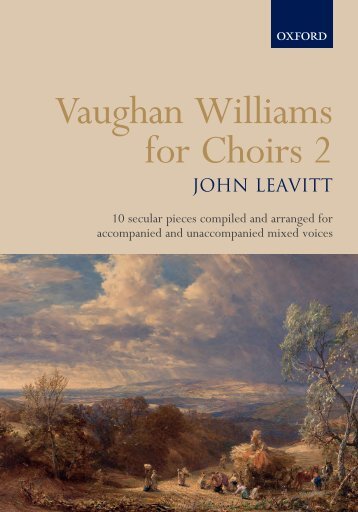

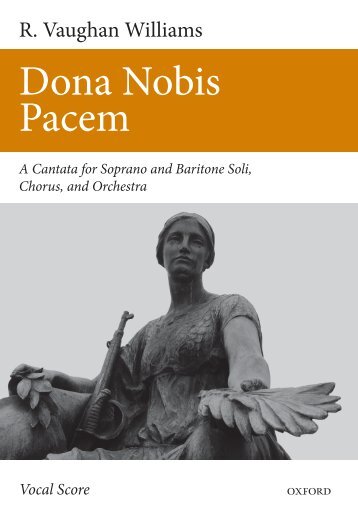
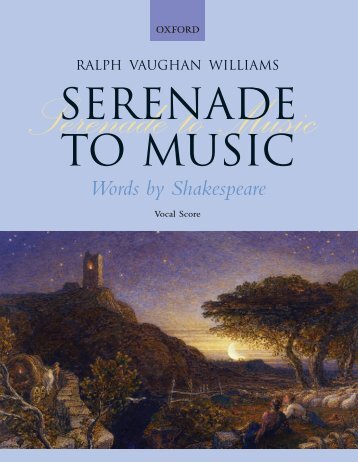
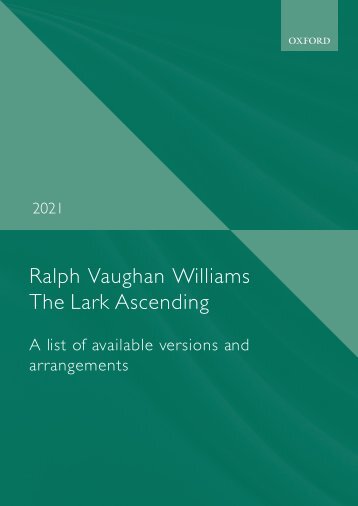

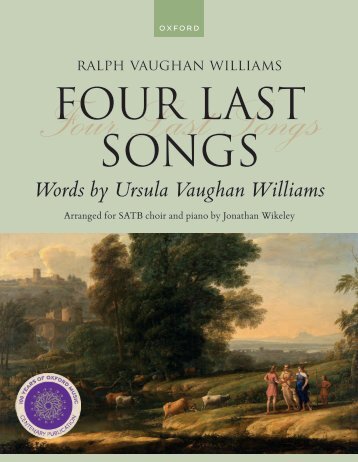

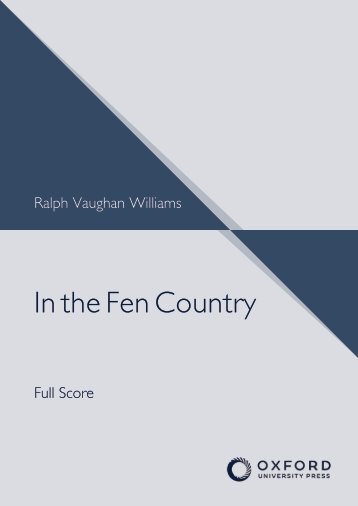

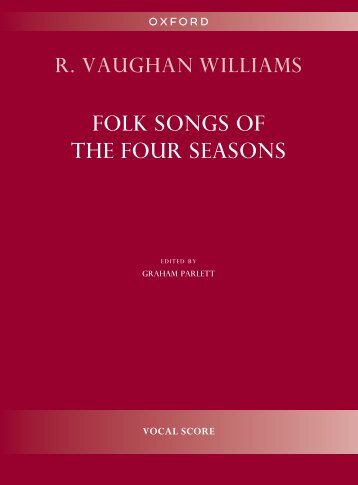




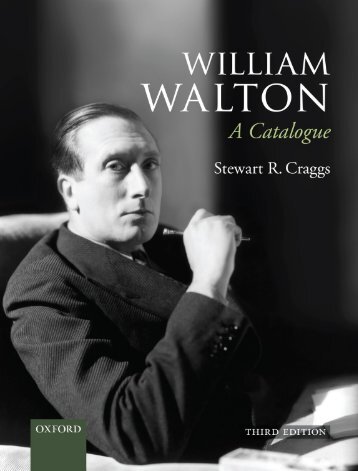



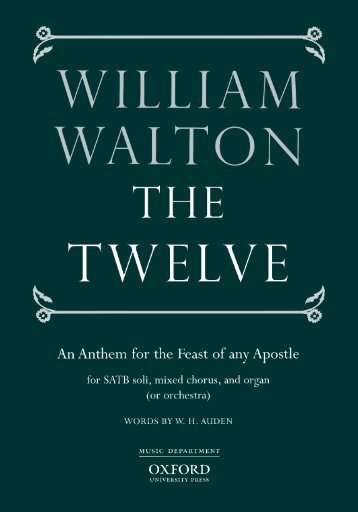









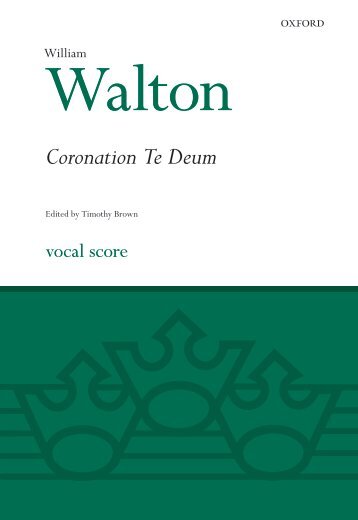
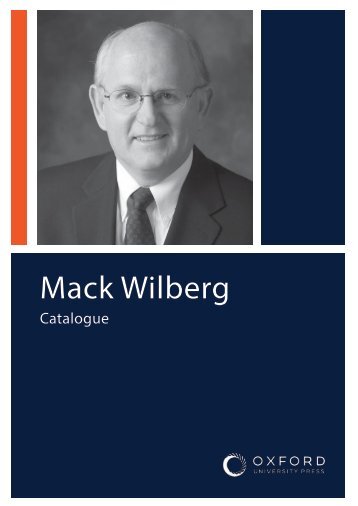
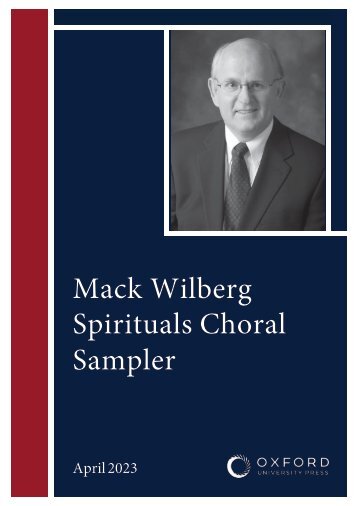
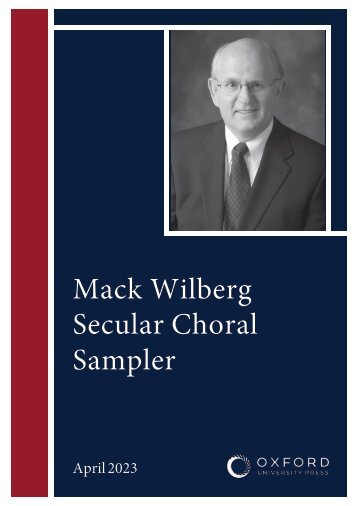




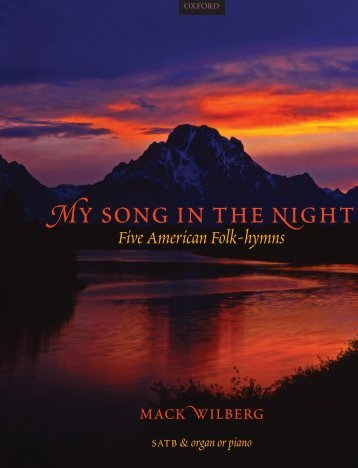
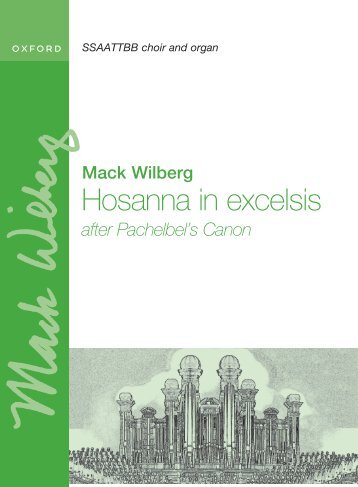


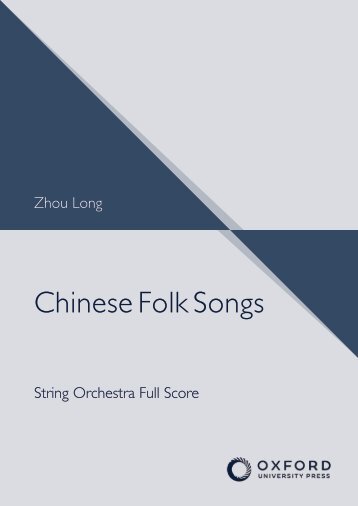

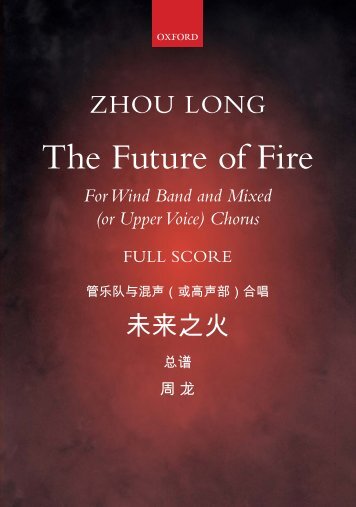





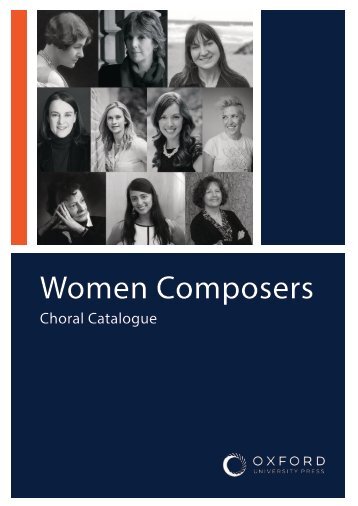

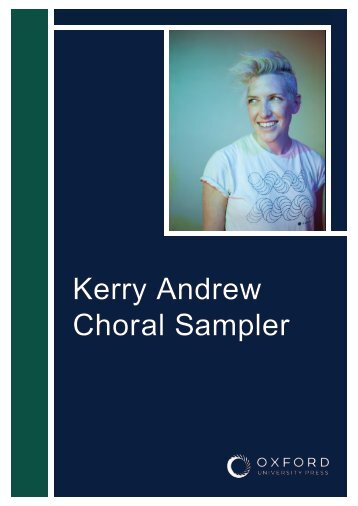
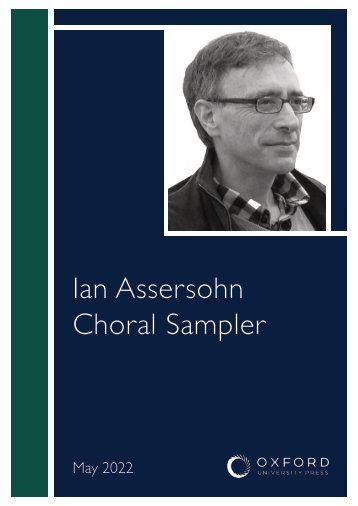
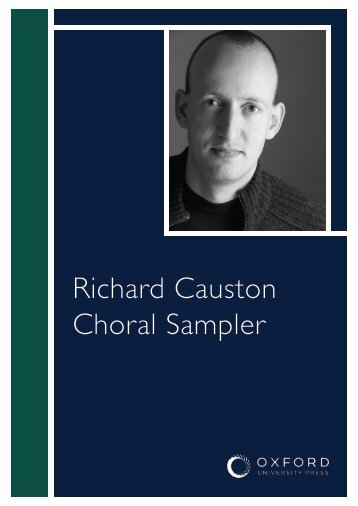
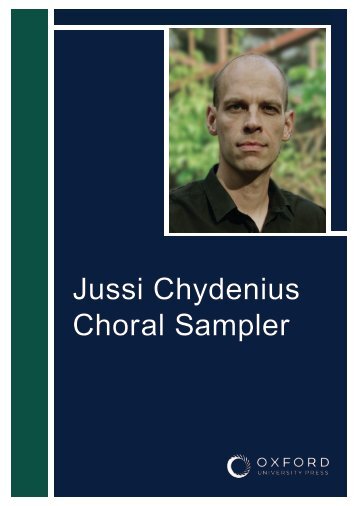
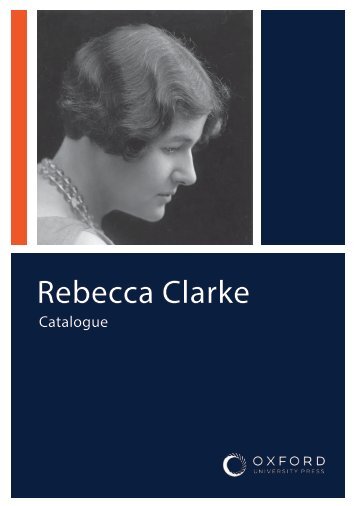
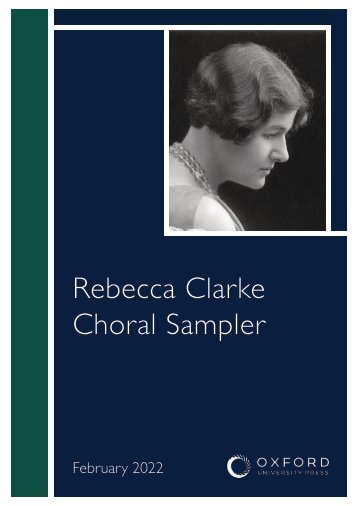



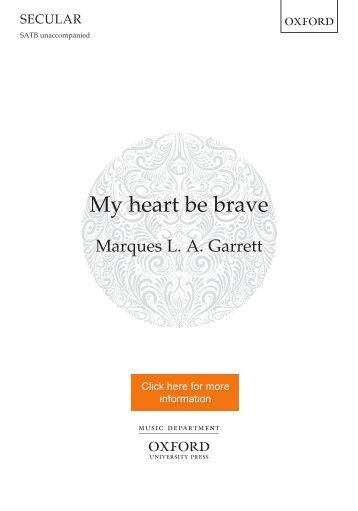
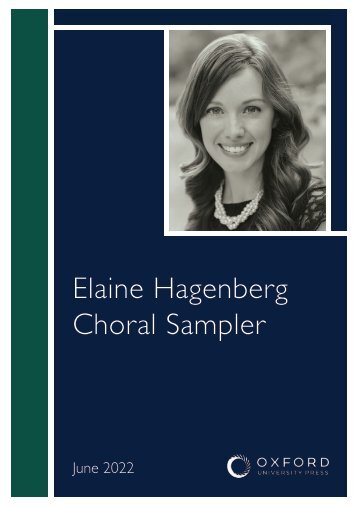
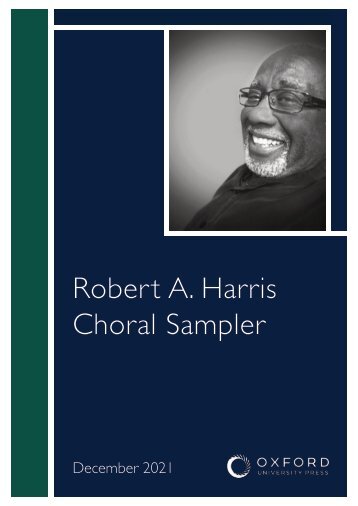

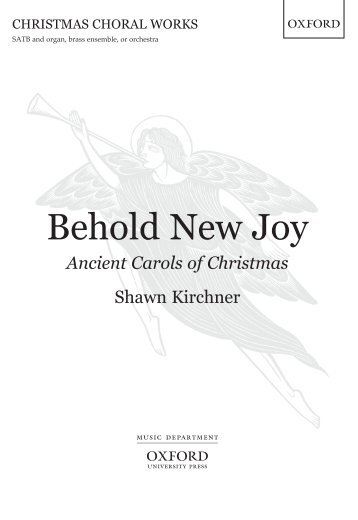
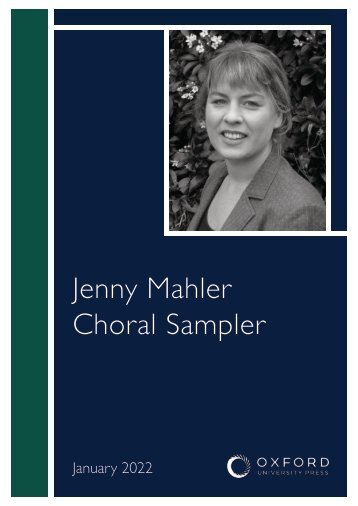
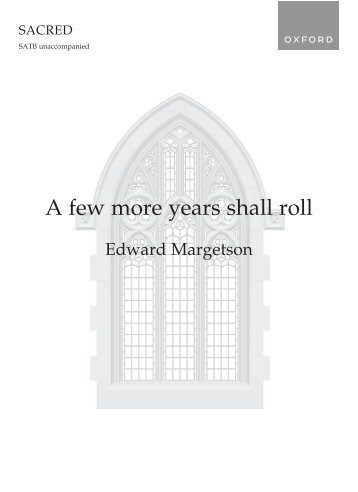
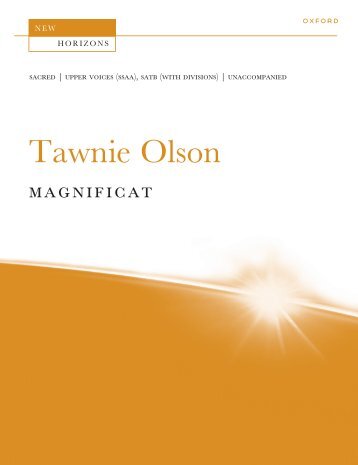


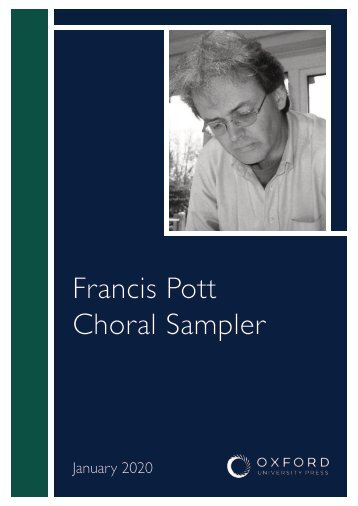

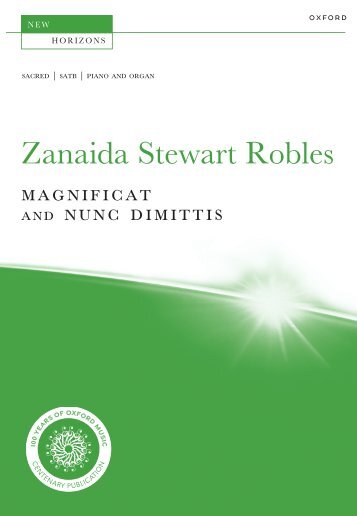

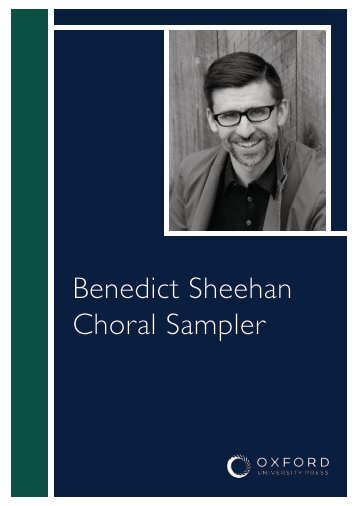
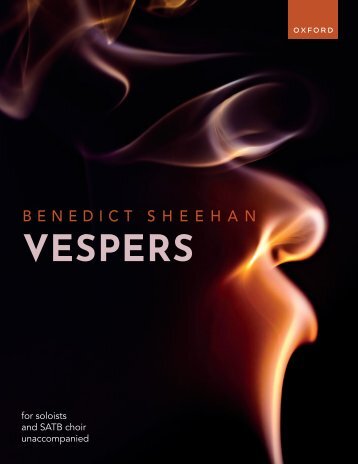


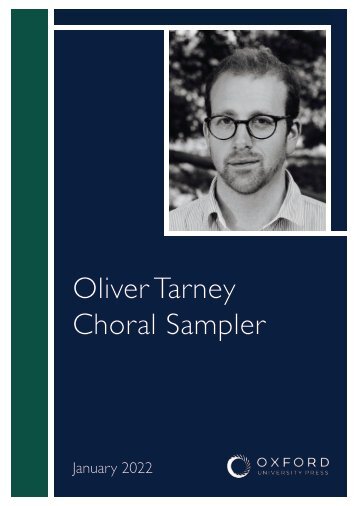

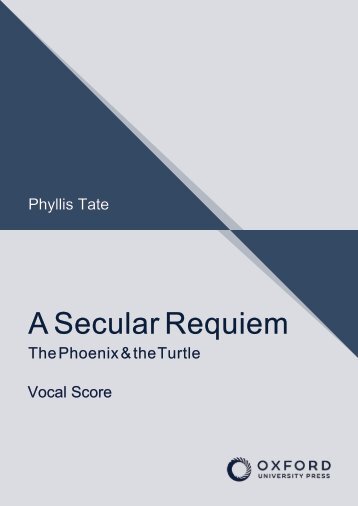
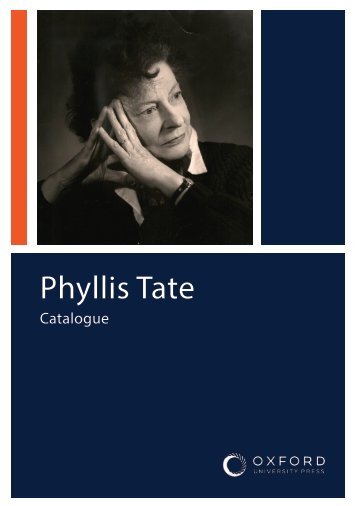
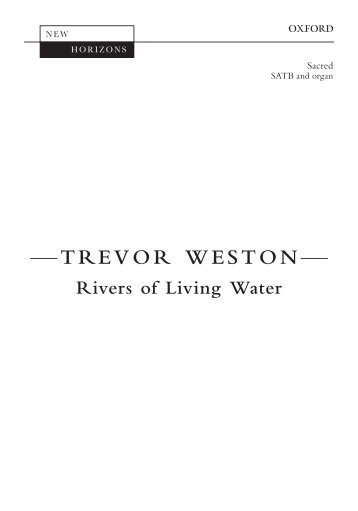
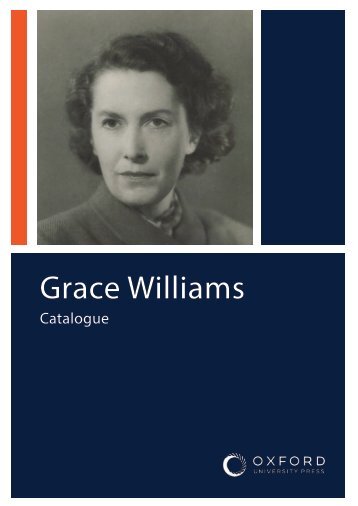
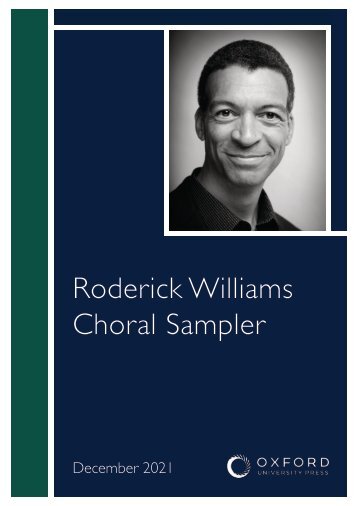
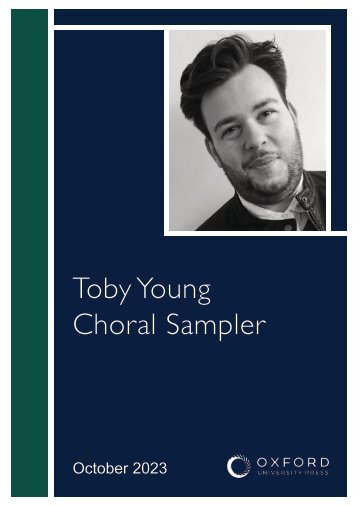


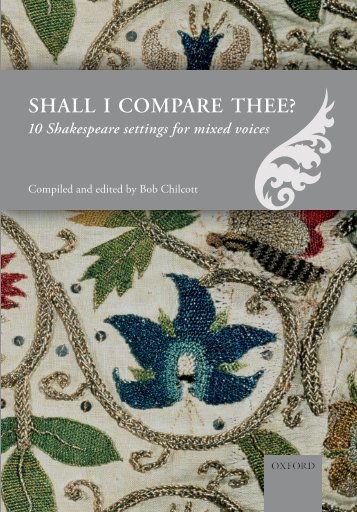
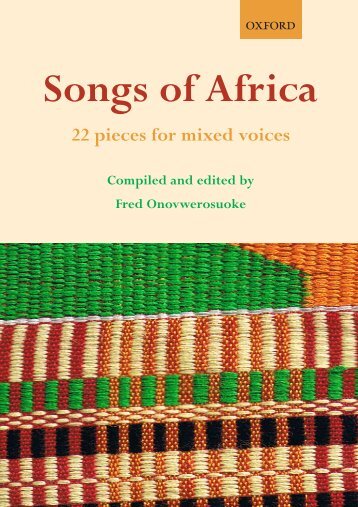

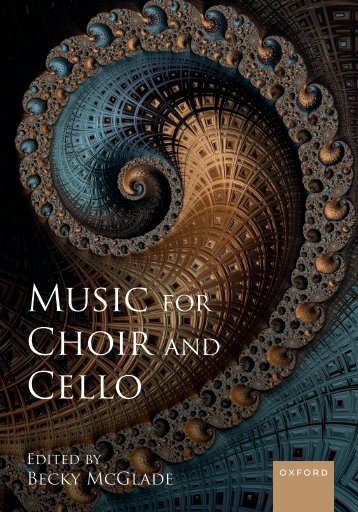


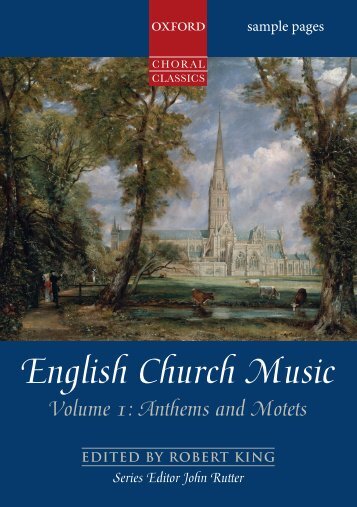
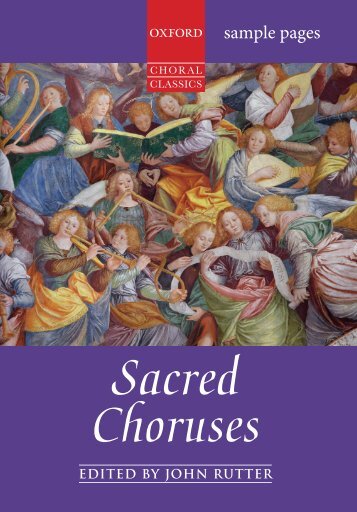

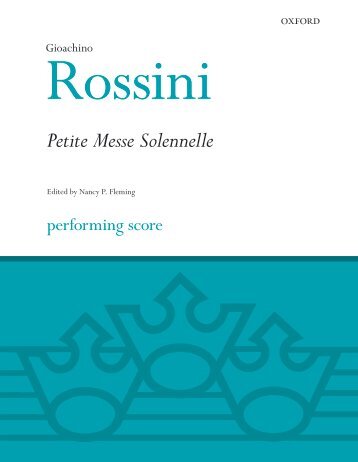
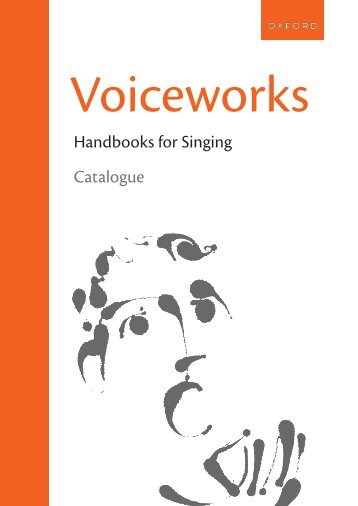



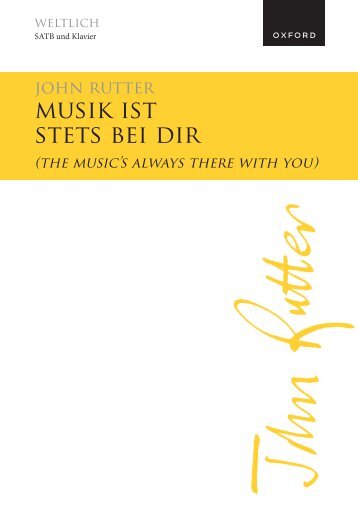
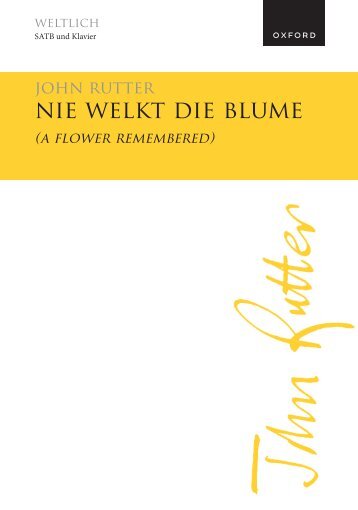

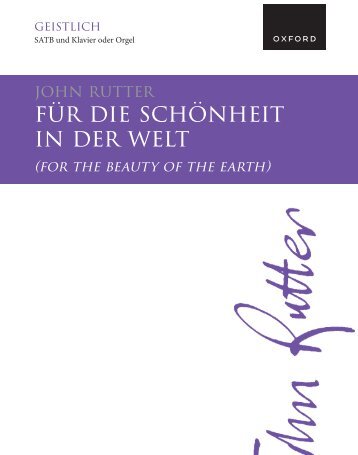
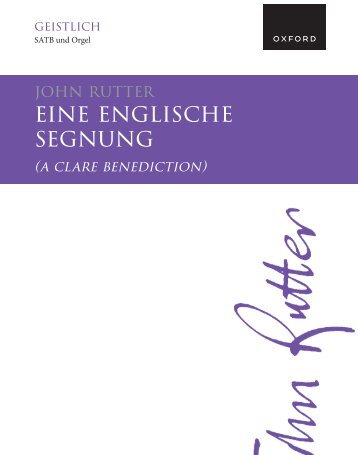

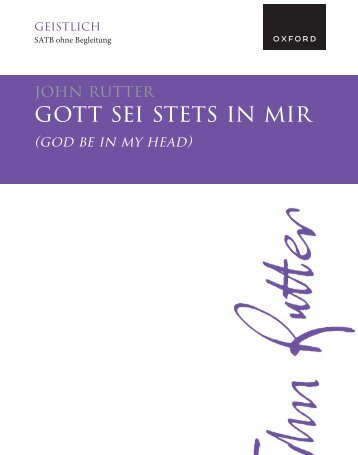


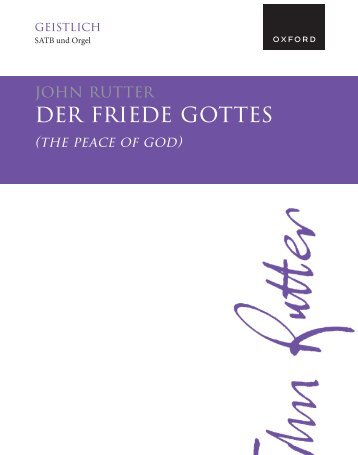

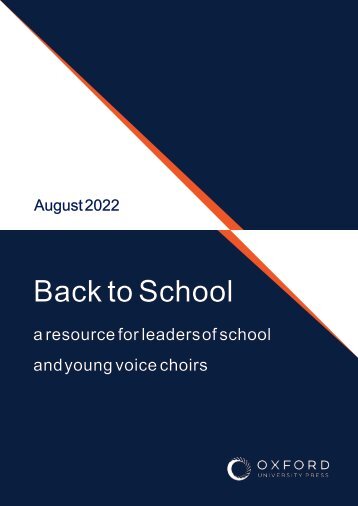
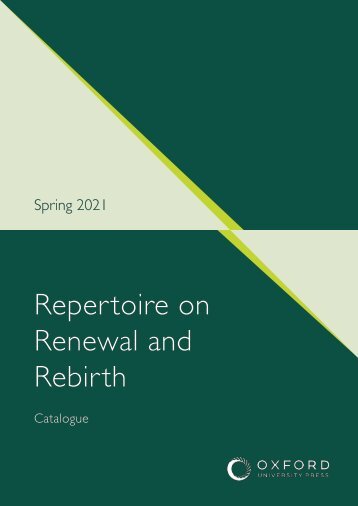
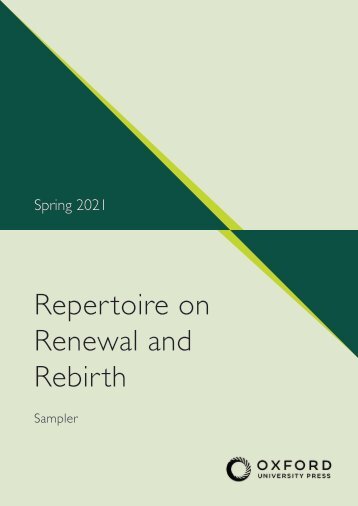
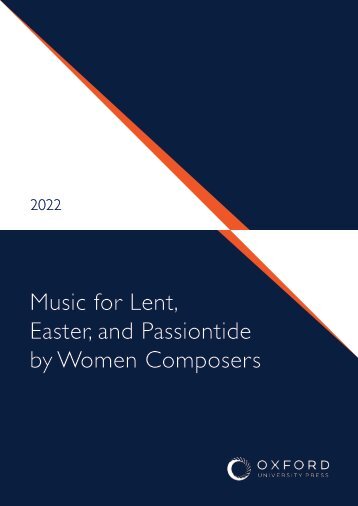
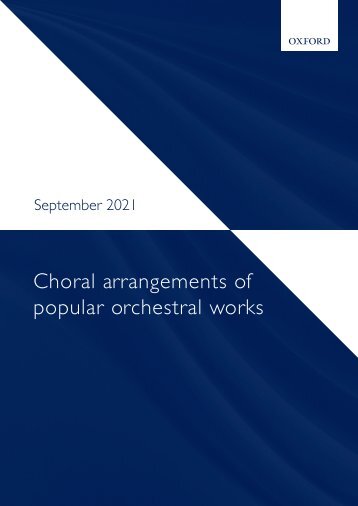
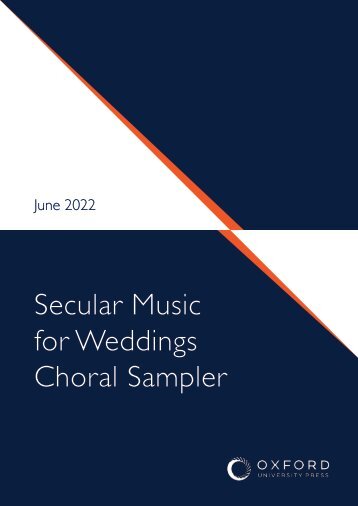

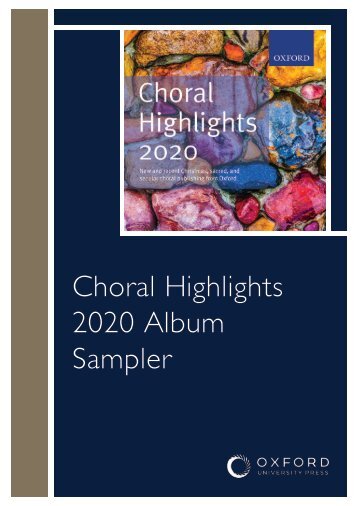
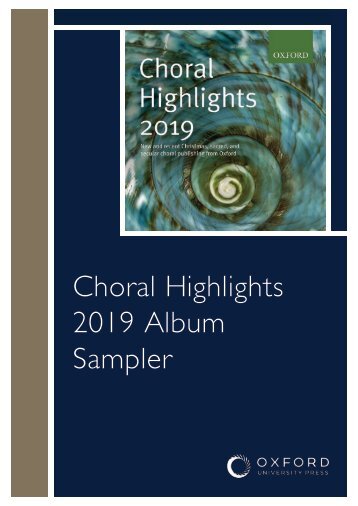
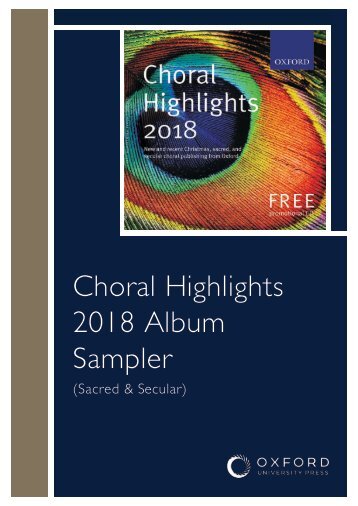


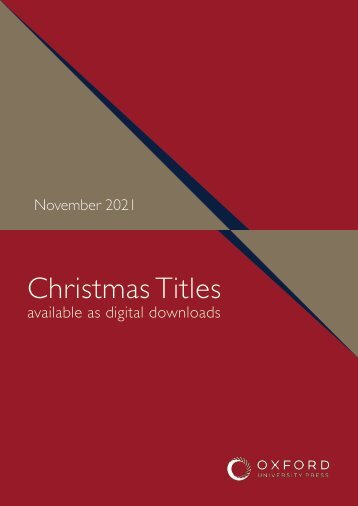
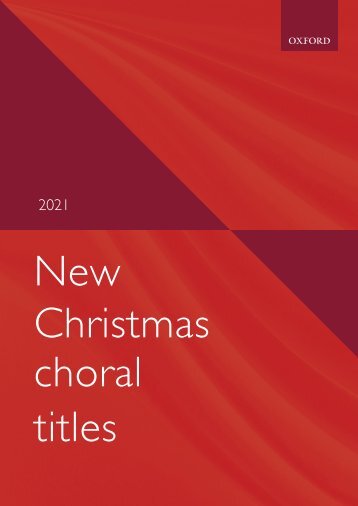
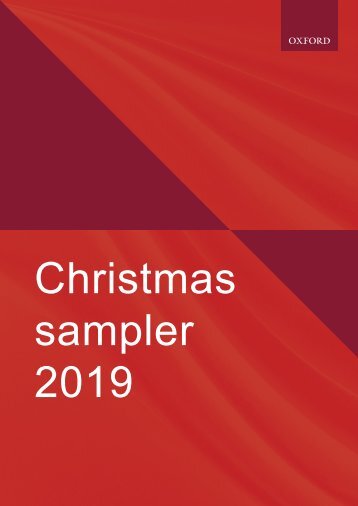
Facebook
Twitter
Email